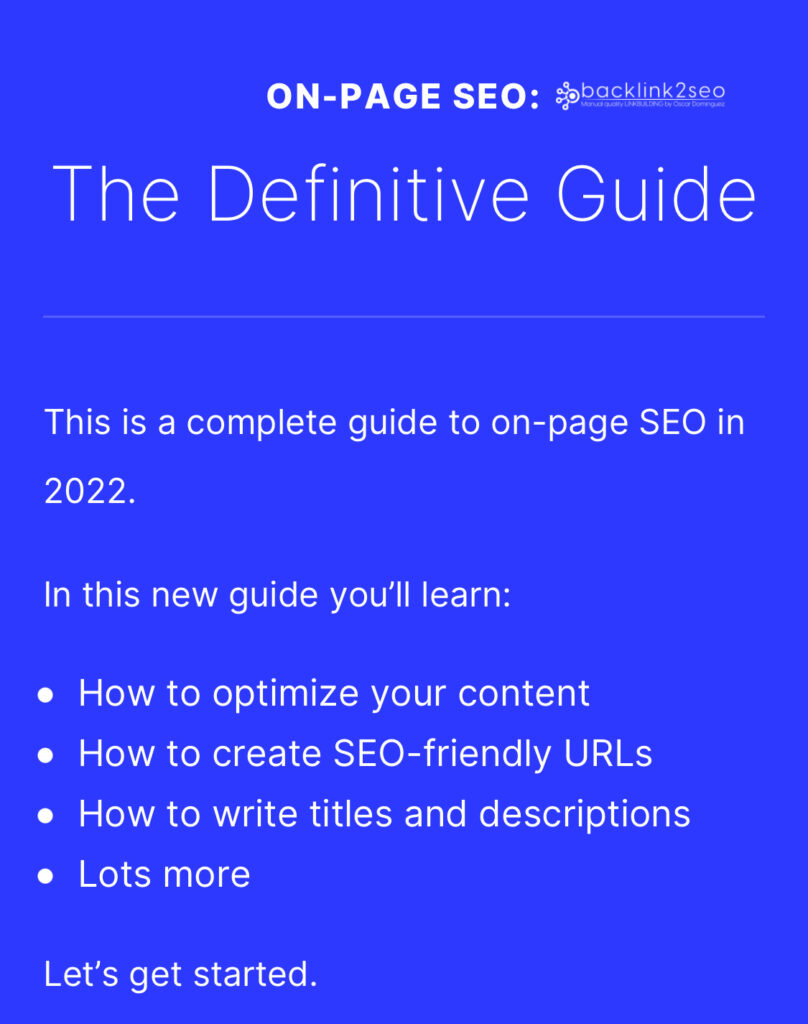ON-PAGE SEO:The Definitive Guide
This is a complete guide to on-page SEO in 2022.
In this new guide you’ll learn:
- How to optimize your content
- How to create SEO-friendly URLs
- How to write titles and descriptions
- Lots more
Let’s get started.
Contents
Chapter 2
Unique, valuable content can get you to the first page of Google.
But if you want to stay there, your page has to satisfy Search Intent.
In other words:
Your page has to be EXACTLY what a Google searcher wants.
Otherwise, your page will likely be buried on the 3rd page.
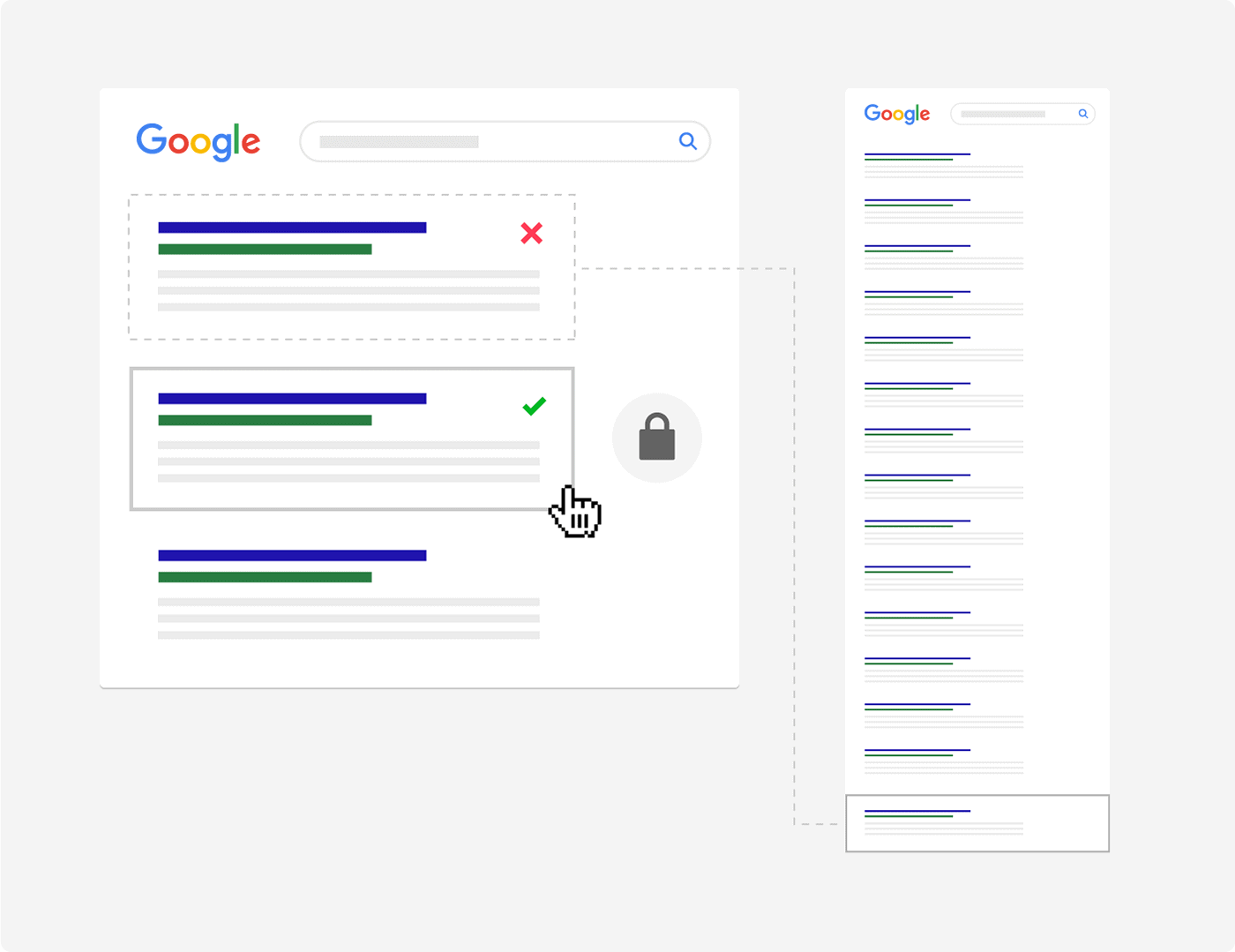
This is a mistake that I had to learn the hard way.
Some time ago, I published this comparison of the top backlink checkers on the market.

My goal was to rank for the keyword “backlink checker”.
A few days after I published that post, I decided to check out the SERPs for that term.
And I quickly realized that 100% of the first page results were tools.
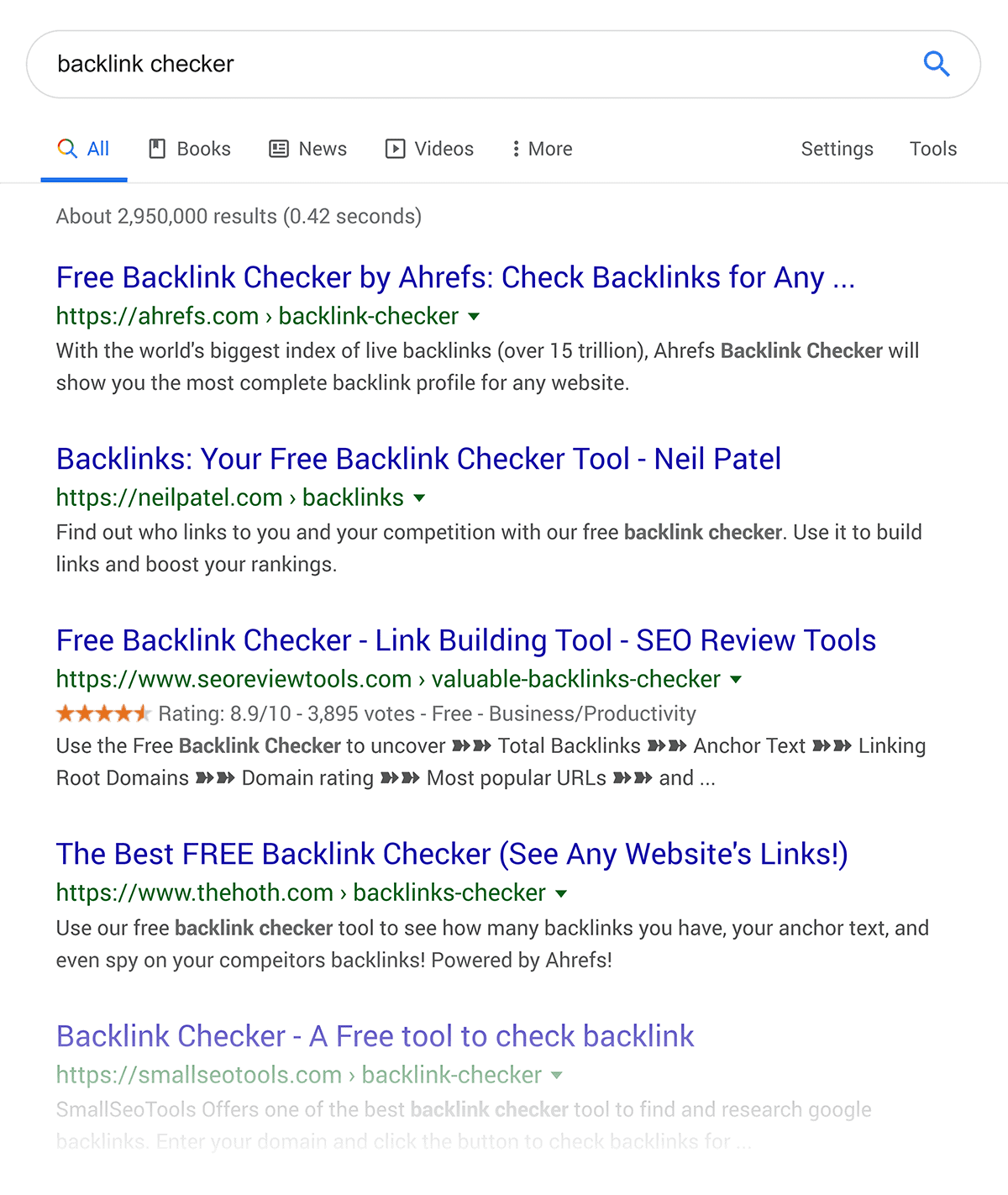
Literally, 10 out of 10 results were backlink checker tools. There wasn’t a single blog post on the first page.
This means the chance of my post hitting the first page was basically zero.
Whoops!
Fortunately, I do rank for a long-tail version of that keyword (“best backlink checker”).
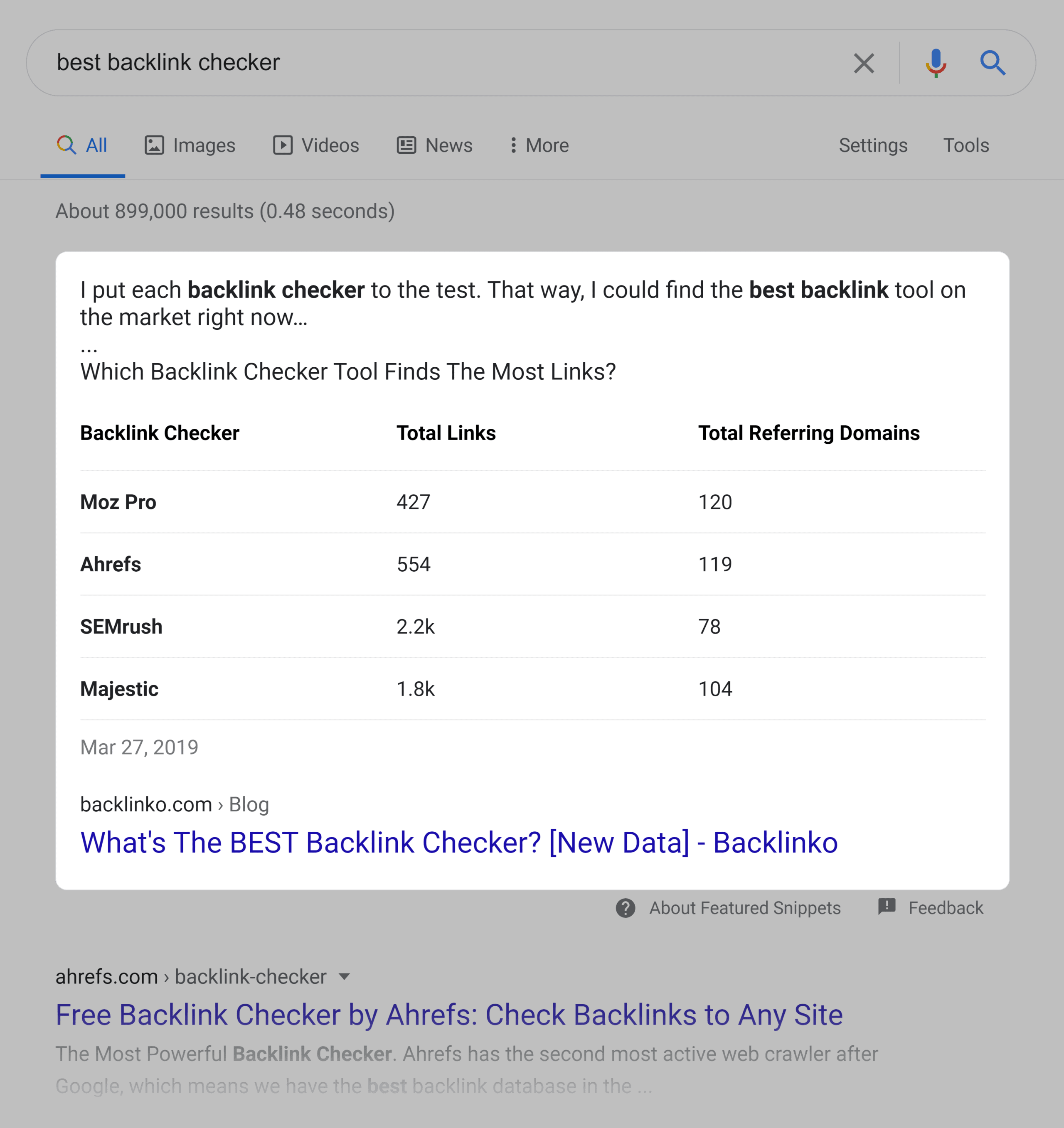
But if I spent more time looking at the Search Intent for that term, I would have realized that my content had zero chance of ranking for “backlink checker”.
And now it’s time for the next chapter…
CHAPTER 5:Optimize for CTR
Your organic click through rate is important for two reasons:
First, CTR is (probably) a Google ranking factor.
Second, increasing your CTR can drive more traffic to your site.
In this chapter I’ll show you five practical ways that you can improve your organic CTR.
Use “Question Title Tags”
Few years ago we analyzed 5 million Google search results to figure out why certain pages get clicked on over others.
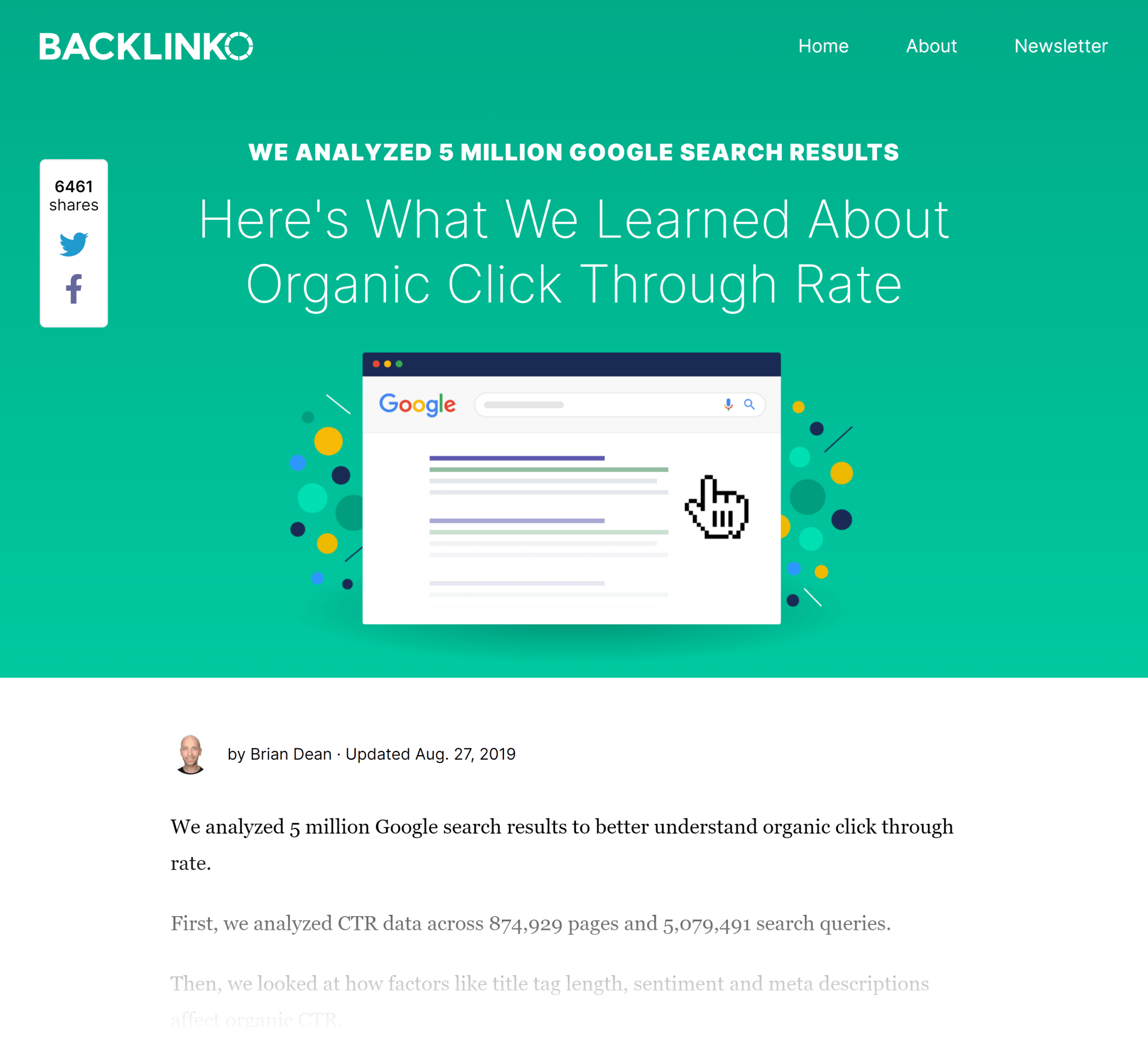
And one of our most surprising findings was that question-based title tags have an above-average CTR.
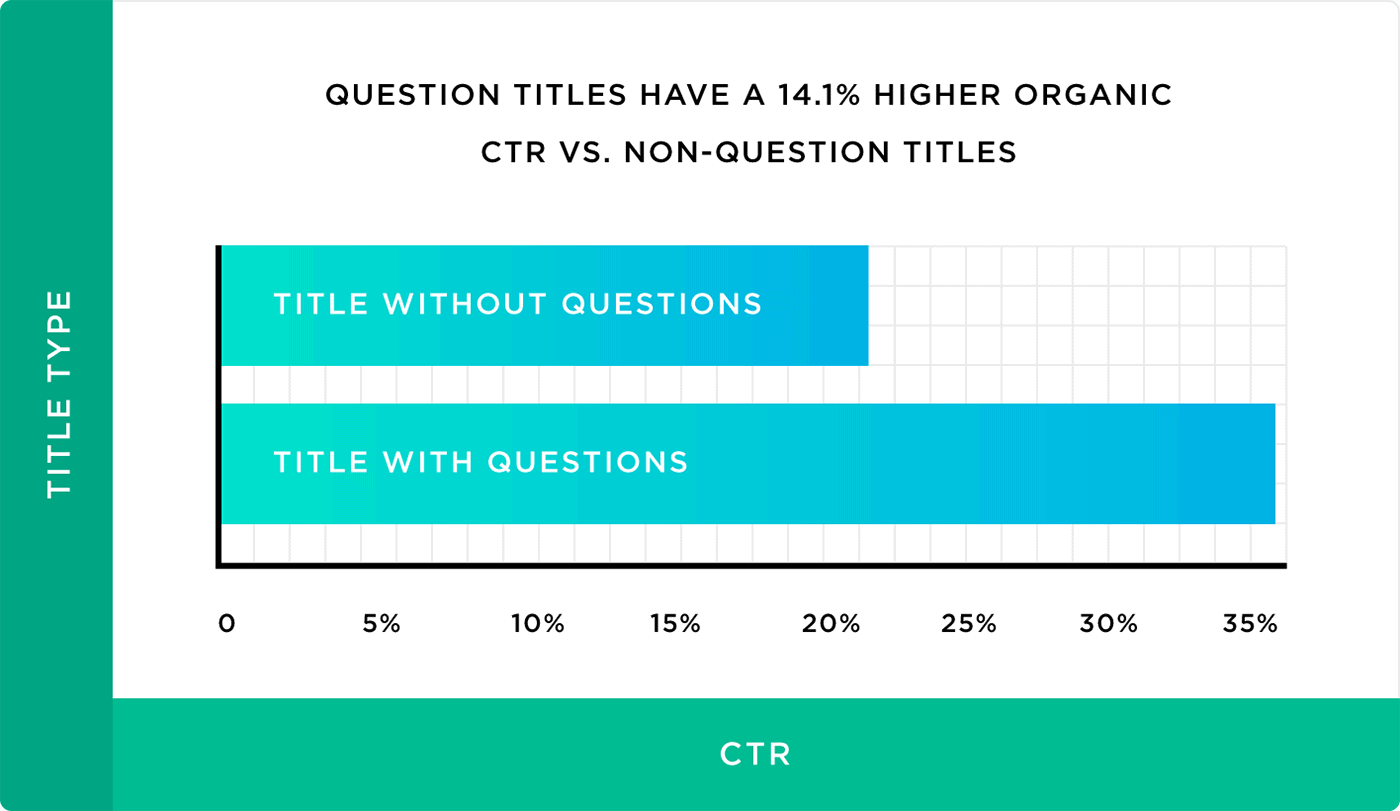
So whenever it makes sense, I recommend testing titles tags that have a question.
For example, my nofollow links guide uses a question in the title tag.

That’s because anyone searching for “nofollow link” probably just wants to know what that means.
And my title tag shows people that my site will give them what they want.
In fact, that page has a 27% CTR for the keyword “nofollow link”.
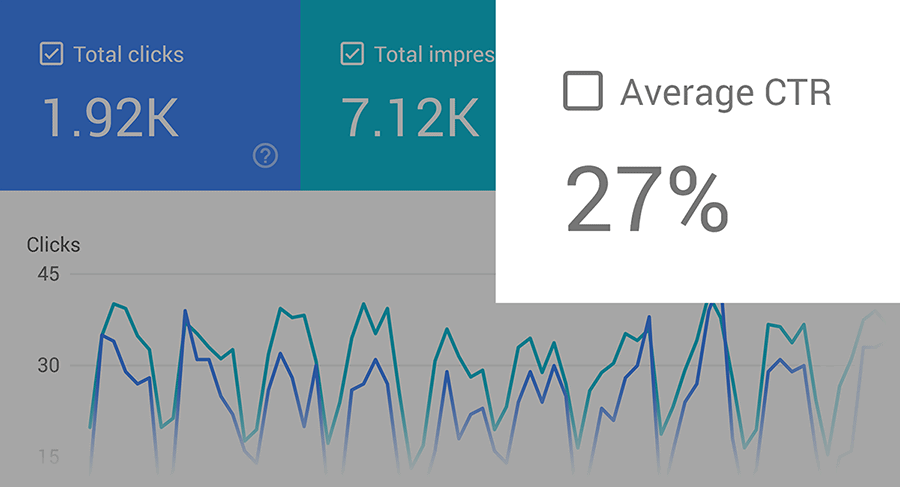
Fill In Missing Meta Descriptions
I talked about meta descriptions way back in Chapter 1.
Specifically, I pointed out that you want your descriptions to be super compelling.
But you don’t need to write an amazing description 100% of the time. Just HAVING a meta description might be enough.
In fact, we found that pages with a meta description got approximately 6% more clicks vs. pages with a missing meta description.
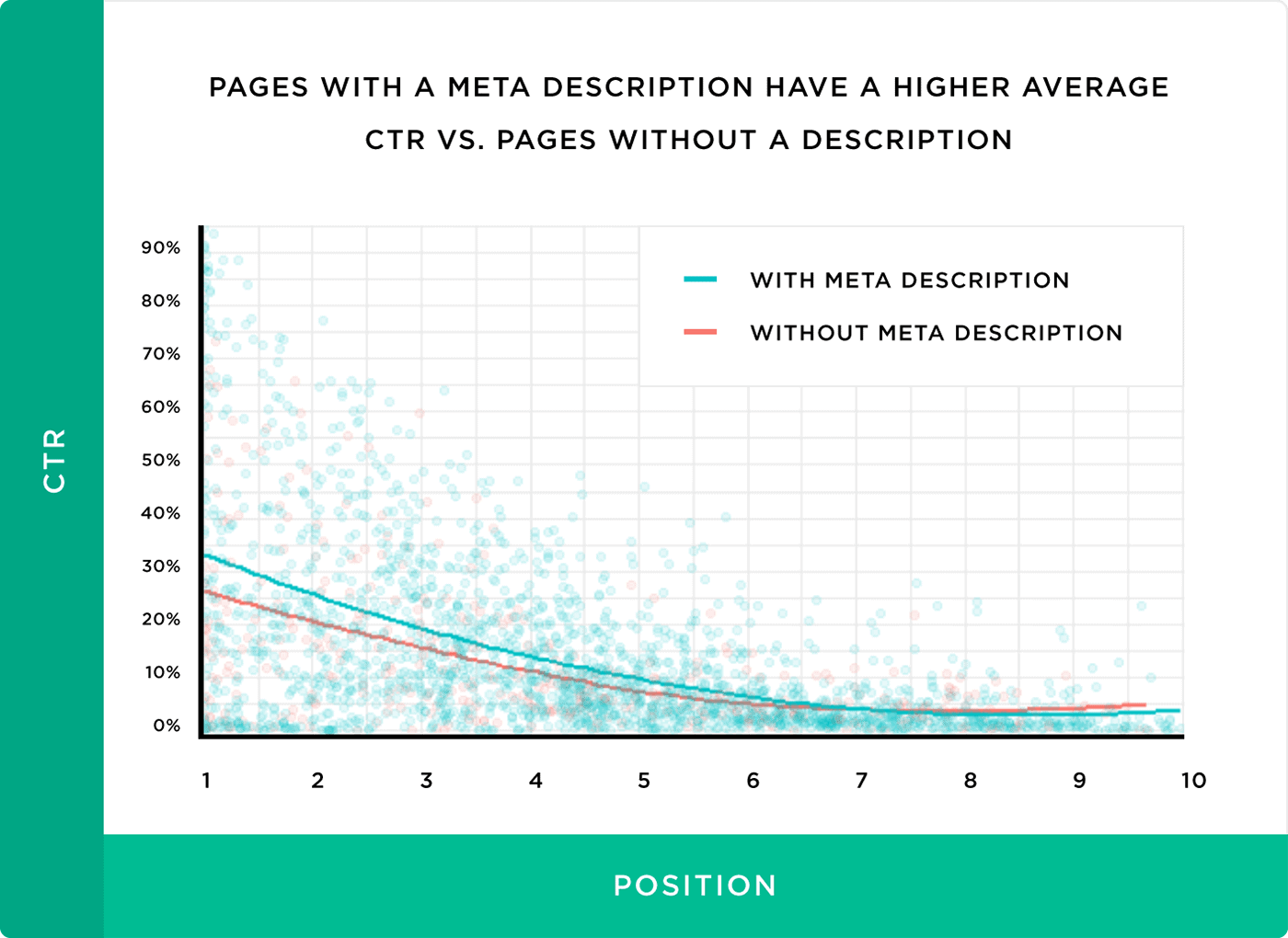
I recommend doing an SEO audit on your site to find pages that don’t have a meta description. Then, add in descriptions for pages that need them.
Use Review or FAQ Schema
Schema doesn’t directly help your SEO.
But using certain types of Schema can hook you up with you Rich Snippets.
And Rich Snippets CAN help you get more clicks.
Two of the best types of Schema for getting Rich Snippets are review Schema:
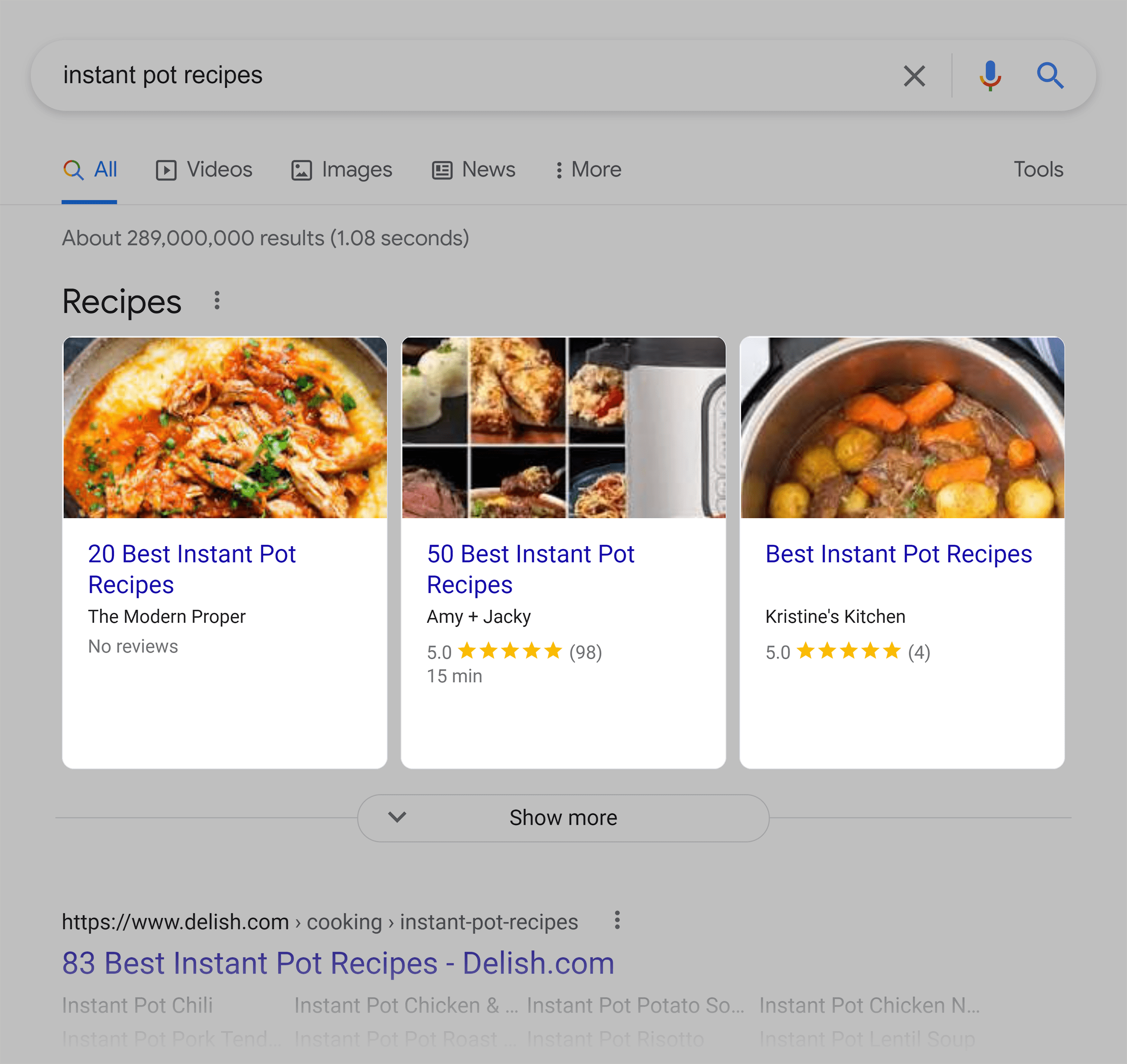
And FAQ Schema:
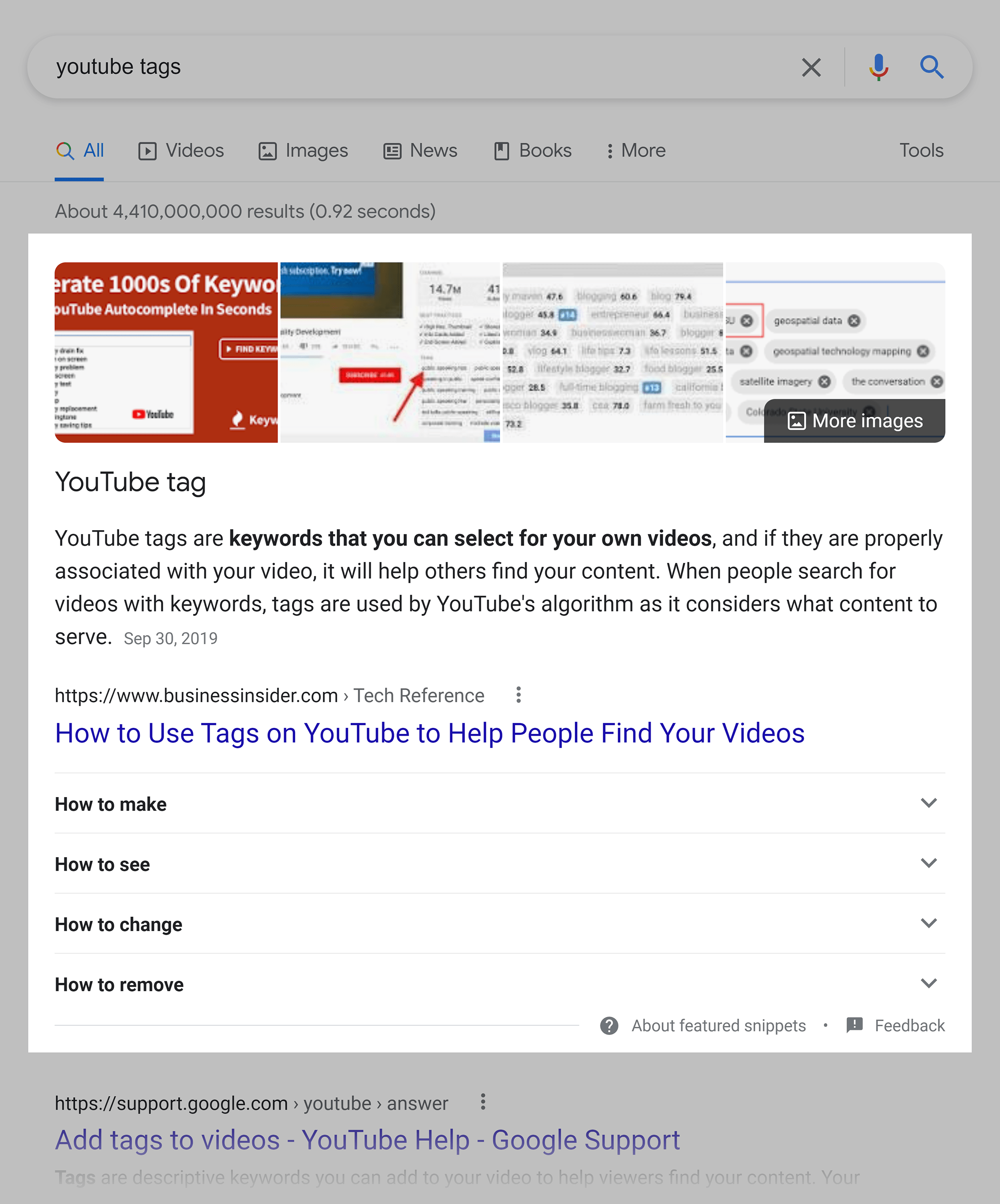
You can double check if you have your Schema set up correctly using the Structured Data Testing Tool.
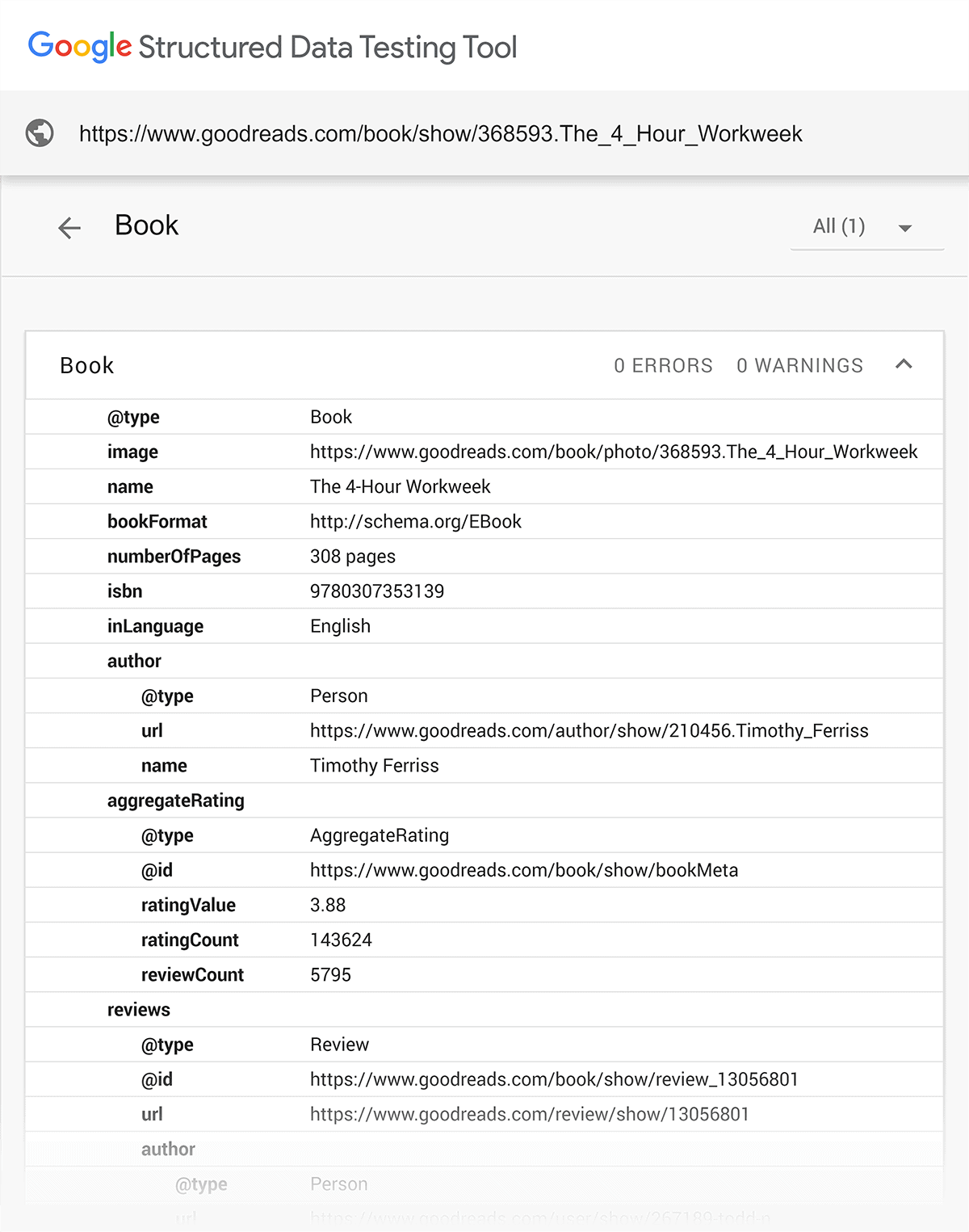
Add Some Emotion to Your Title Tags
Our CTR study found that emotional titles got clicked on 7% more often vs. titles that didn’t have a strong emotional sentiment.
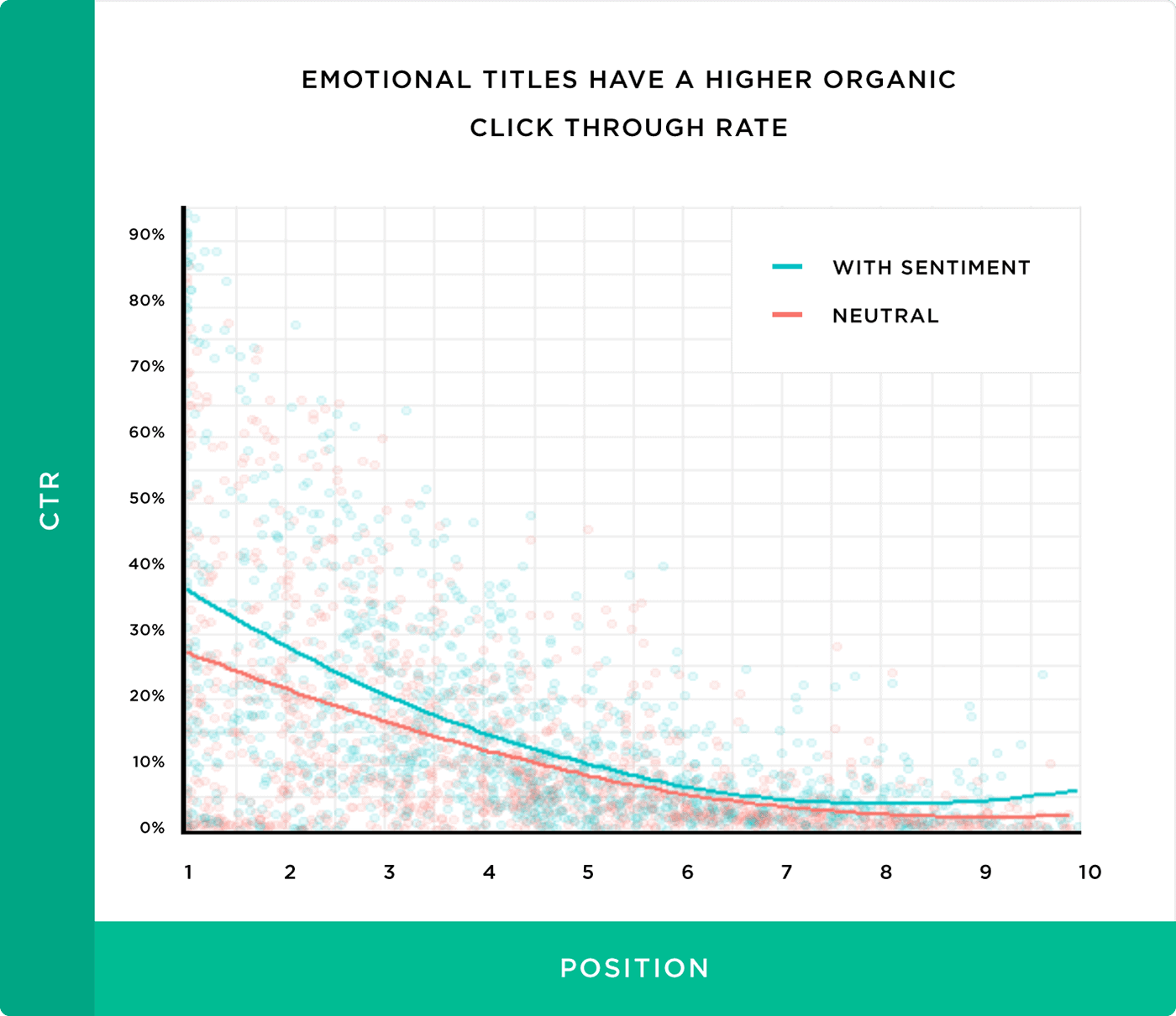
We also discovered that emotionally-charged “Power Words” decreased click through rate by 12%.
What gives?
Well, people are attracted to titles that pack an emotional punch… to a point.
If a title goes overboard, it looks like clickbait.
And they’ll click on another result that looks less spammy.
Bottom Line: Write title tags with some emotion. But avoid terms like “insane” and “powerful” that can make your title look like clickbait.
Add the Current Year to Title and Description
Here’s an example of what I mean.

Adding the year to your title and description won’t make or break your CTR.
But in my experience, it does help… especially for content that can go out of date really quickly.
For example, someone searching for “Seneca philosophy” doesn’t need something that came out last month.
But for a keyword like “best smartphones”, people want to make sure they’re about to read something current.
And adding the year to your title and description makes it clear that your content is up-to-date.
CHAPTER 6:On-Page UX Signals
In this chapter I’ll show you how to optimize your content for “UX Signals”.
(In other words, how Google searchers interact with your content).
Does Google really pay attention to Dwell Time, Bounce Rate and other user interaction signals?
Yes.
In fact, Google’s “How Search Works” says that, to help them rank the best results, they “use aggregated and anonymized interaction data to assess whether search results are relevant to queries”.
Now it’s time to show you how to make sure that your content keeps Google searchers on your page.
Push Content Above the Fold
When someone lands on your site from Google, they want their answer FAST.
This is why you want to avoid massive images above the fold, like this:
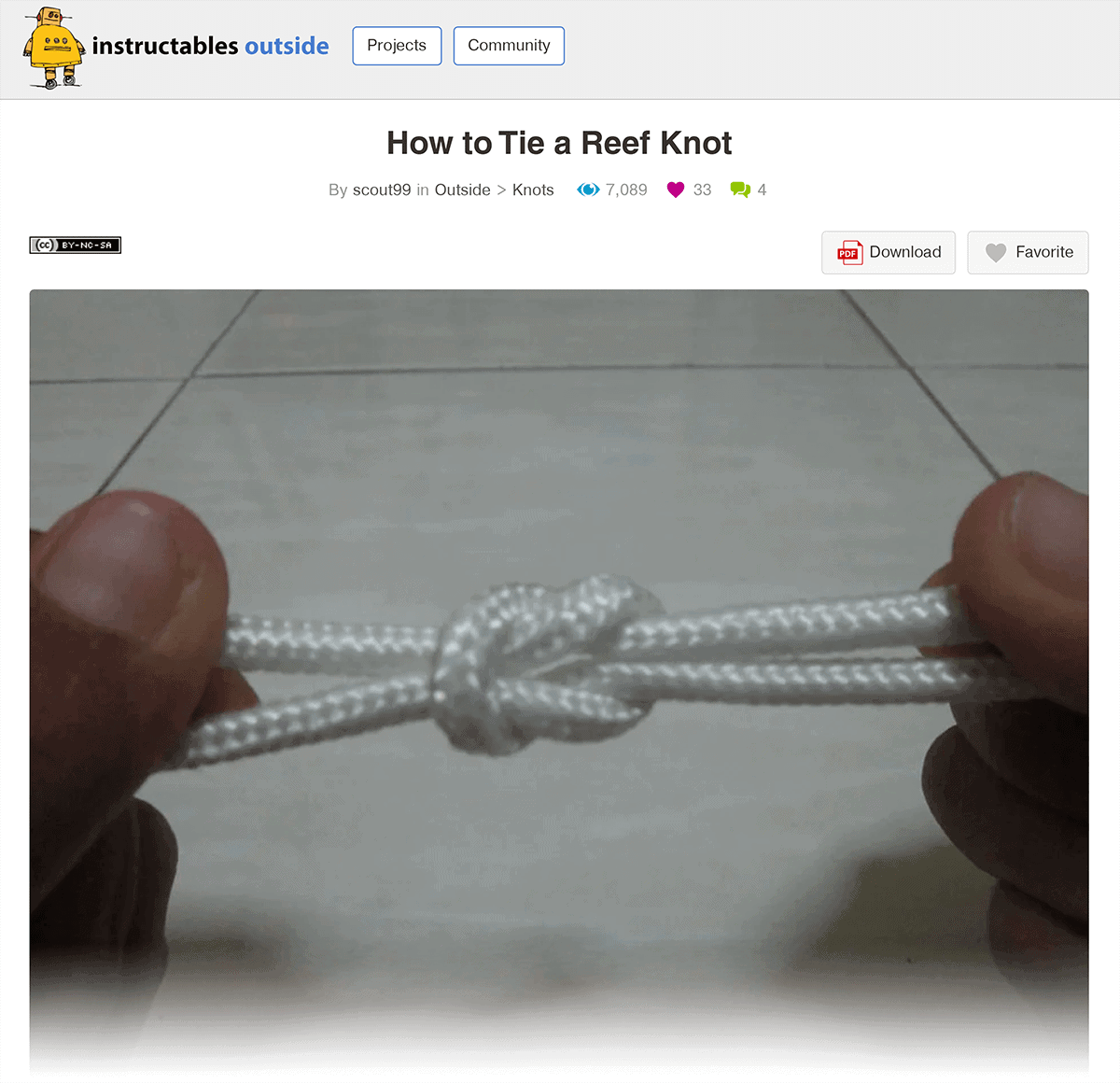
Instead, put your headline and introduction front and center.
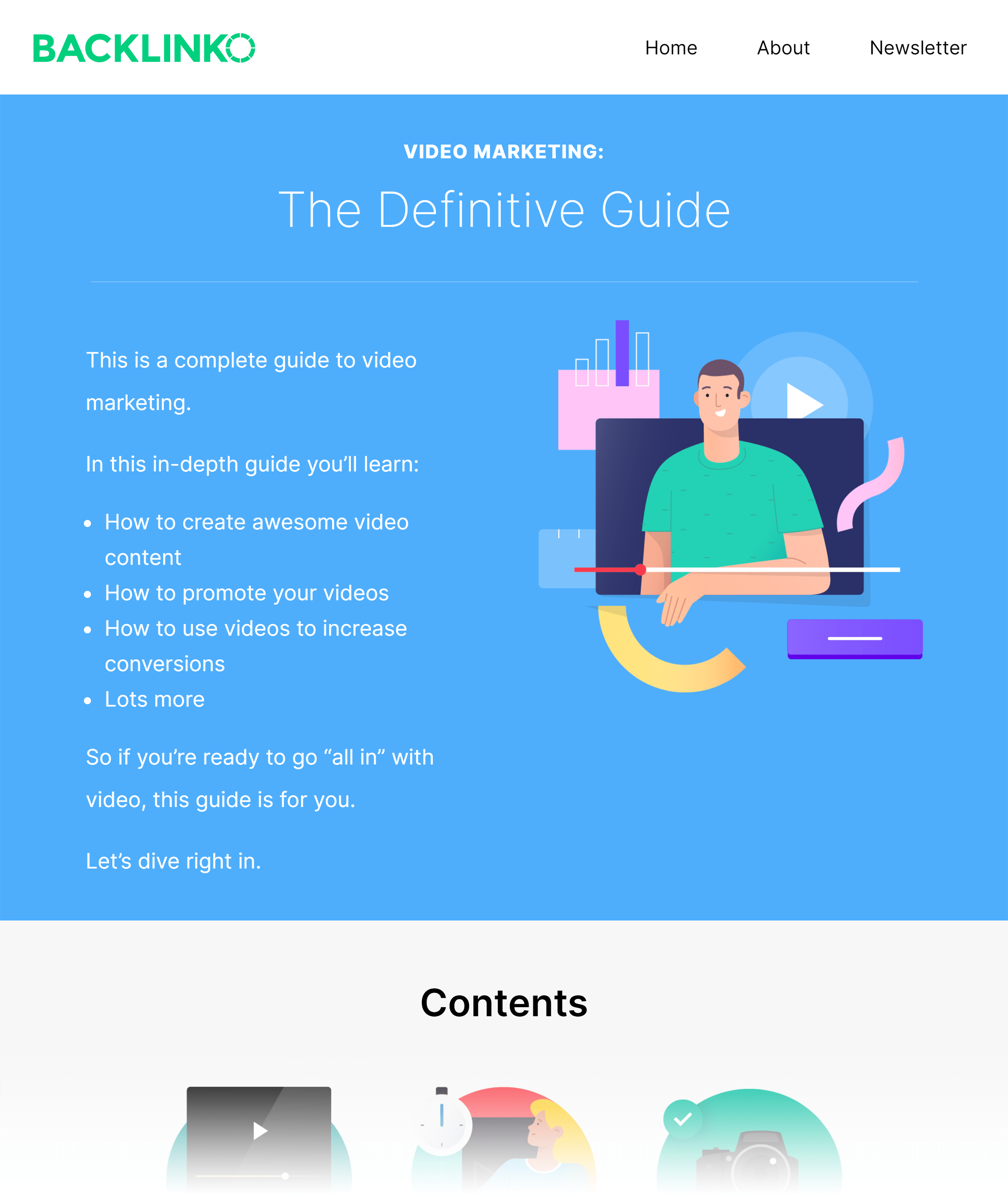
To be clear: it’s OK to have an image at the top of your post. But if it pushes your content down the page, that’s bad.
Chunk Your Content
In a perfect world visitors would read every word on your page.
But we don’t live in a perfect world 🙂
This is why you want to make your content super easy to skim.
This is something I spent A LOT of time on here at Backlinko.
I use a ton of H2 subheadings.
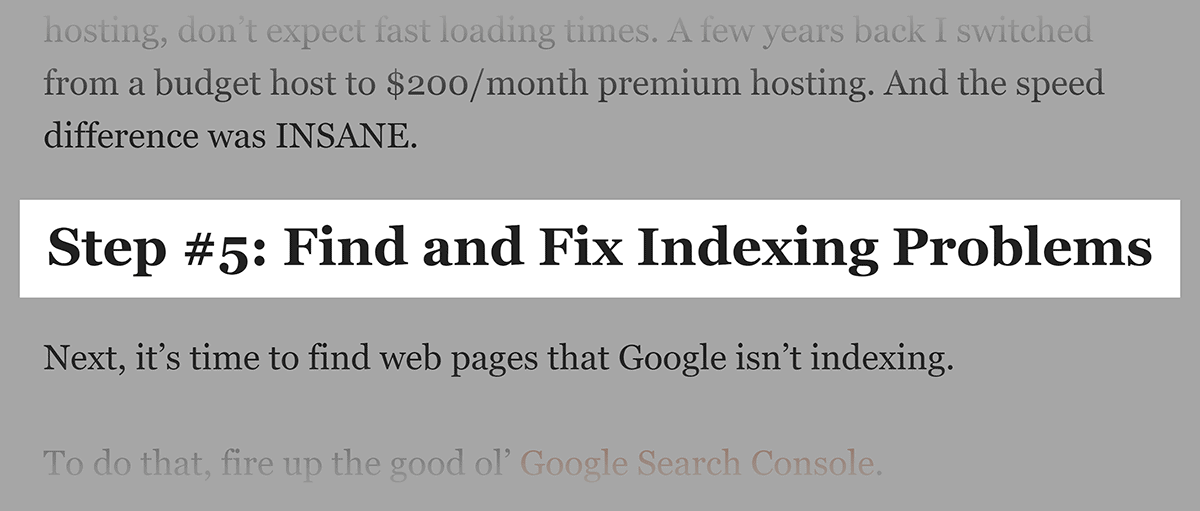
Bullets:
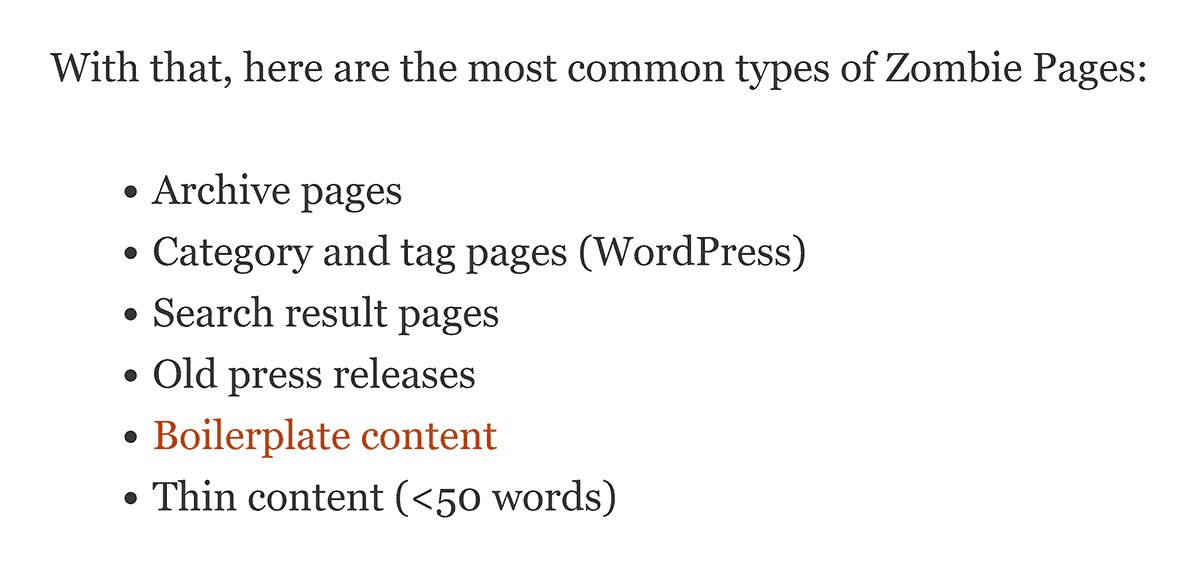
And images:
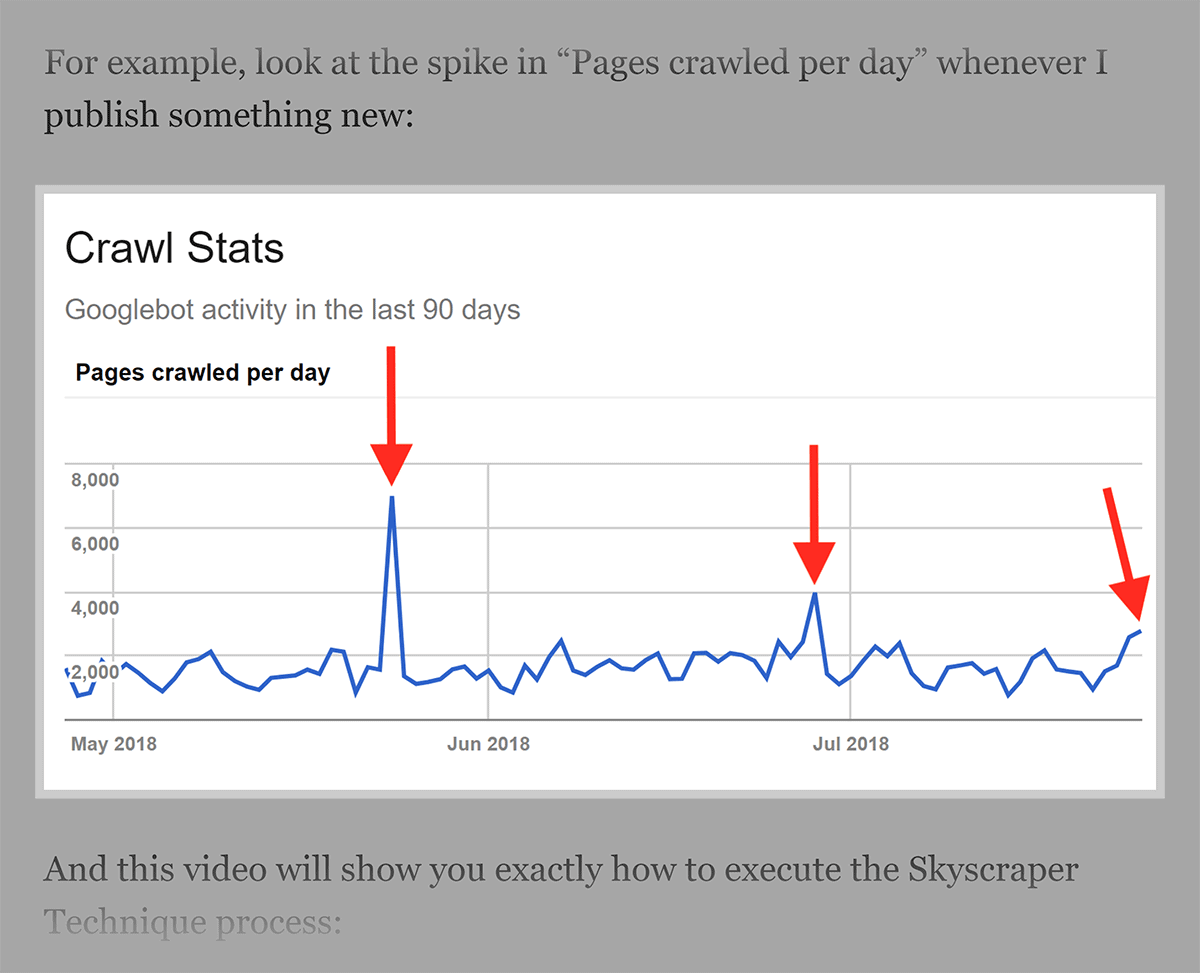
Have an Active Community
Having a community on your blog is like a Bounce Rate cheat code.
Why?
A high-quality comments section gives people something to read… after they finish reading your post.
That’s because comments add context to your post:
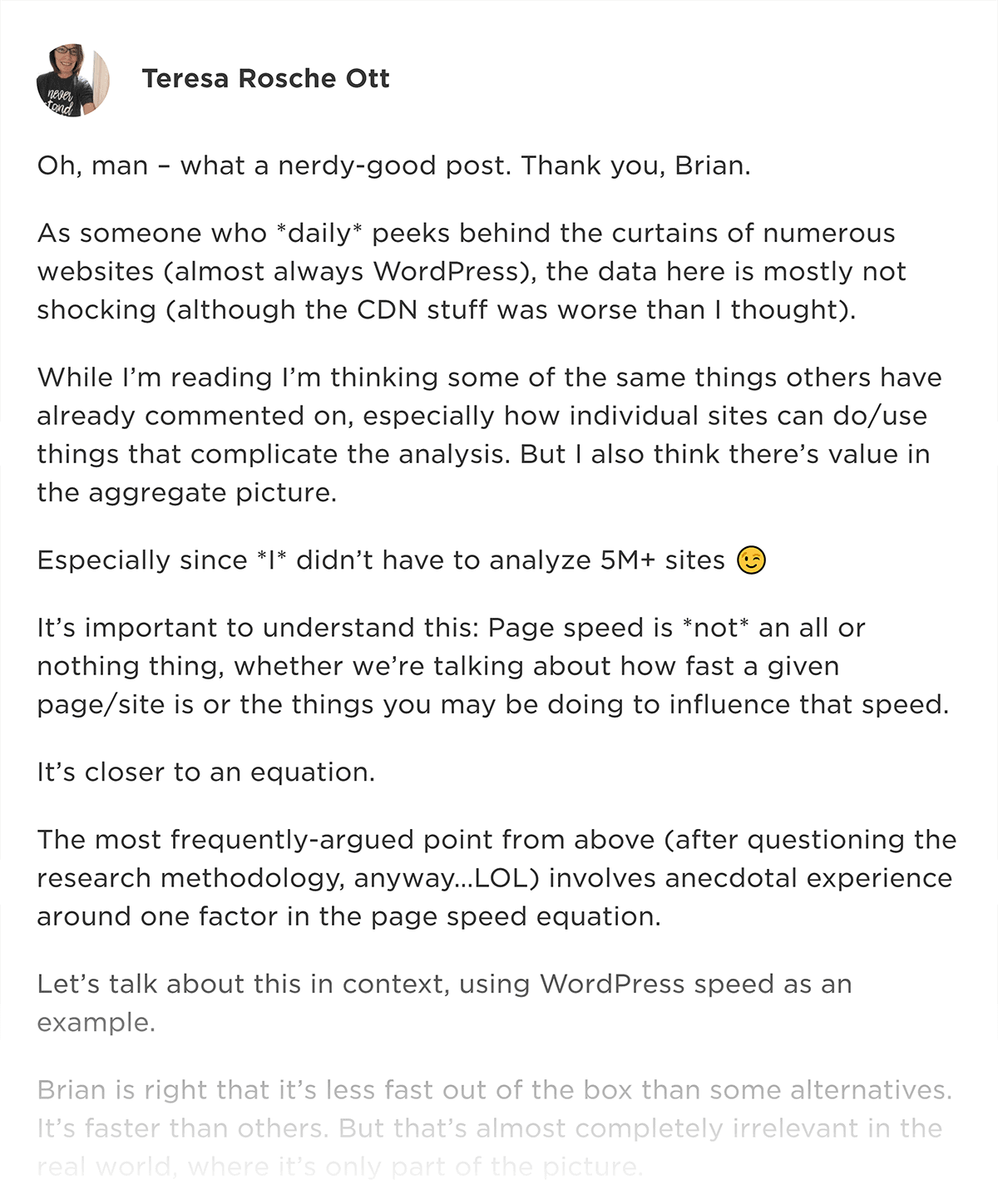
Contribute new approaches and strategies:
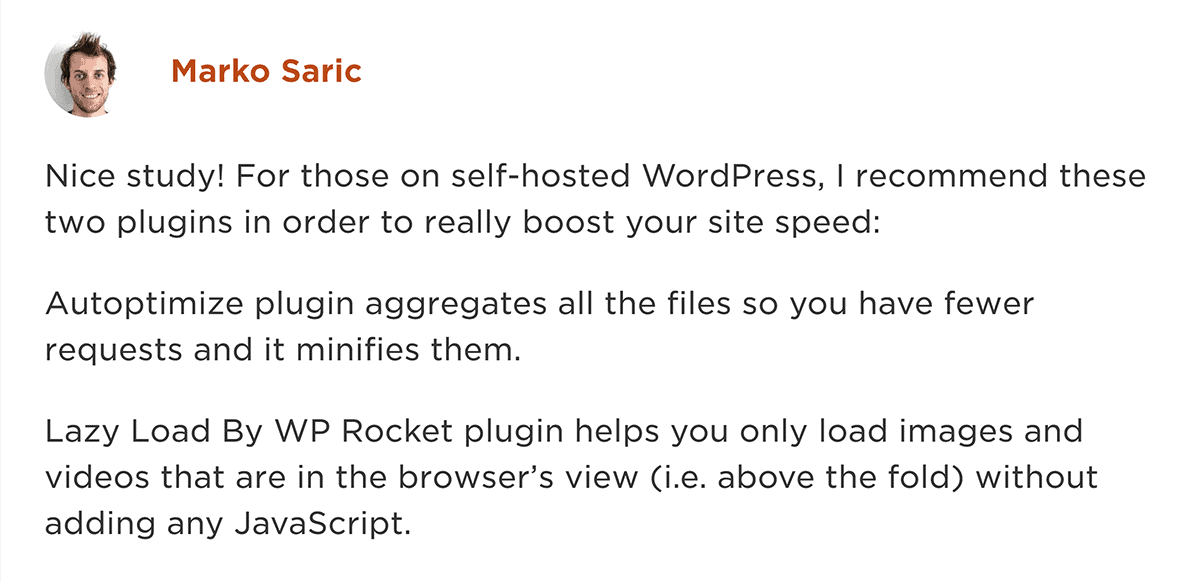
And, sometimes, spice things up with a little bit of controversy:

All things that keep people super glued to your page.
CHAPTER 7:Advanced On-Page SEO Tips
This last chapter is a list of some of my favorite on-page SEO techniques.
So once you’ve optimized your page’s title and H1 tags, here are a handful of tips that will help take your on-page SEO to the next level.
Let’s get right into the strategies.
Use Original images
Do you use stock images in your content?
Well, those stock images might be hurting your SEO.
Shai Aharony recently tested the effect that stock images had on Google rankings.
Here’s what went down…
First, Shai created a bunch of brand new websites just for these experiments. These were fresh domain names that had never been registered before.
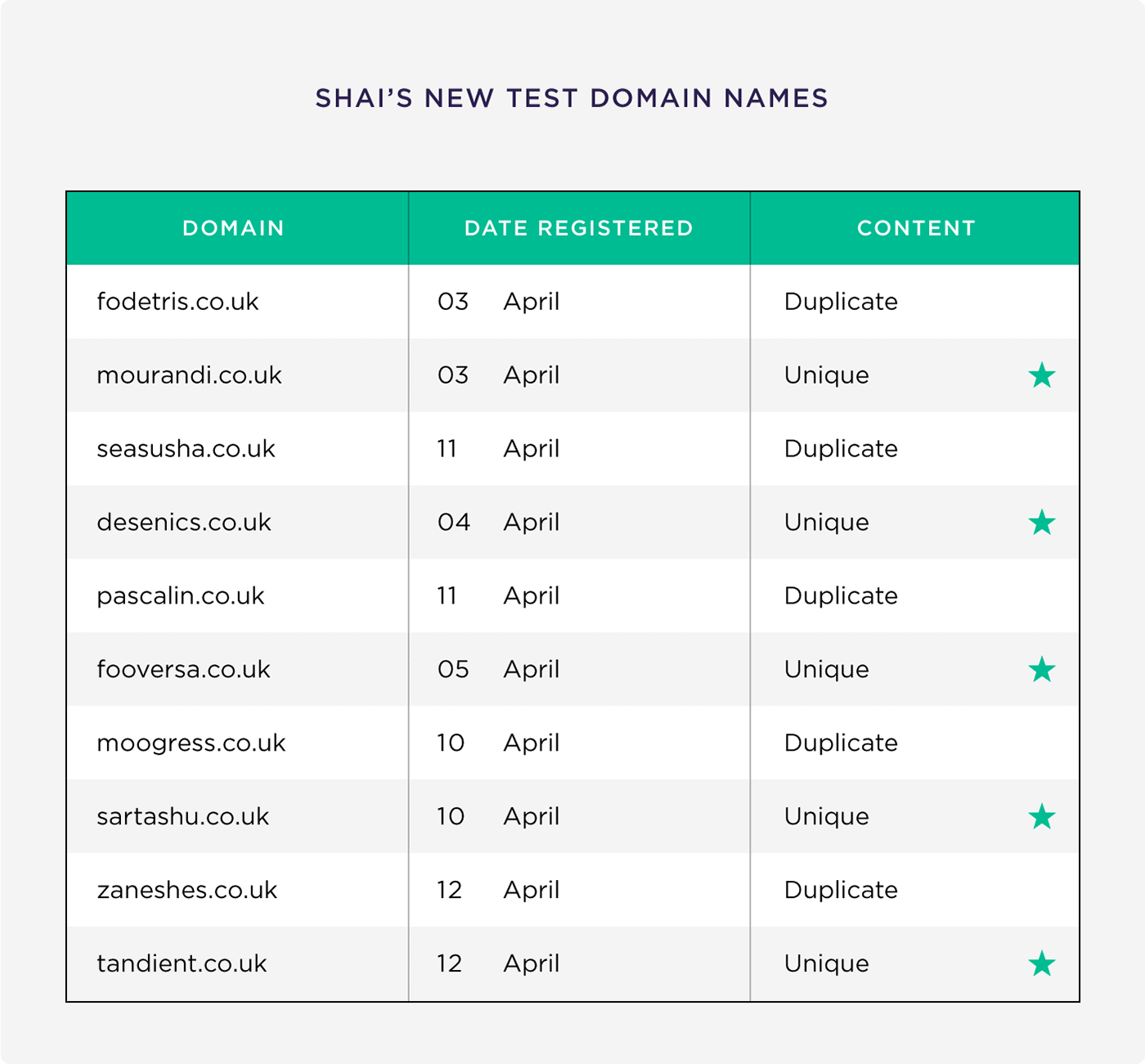
He used generic stock images on some of the sites. And original images on others.
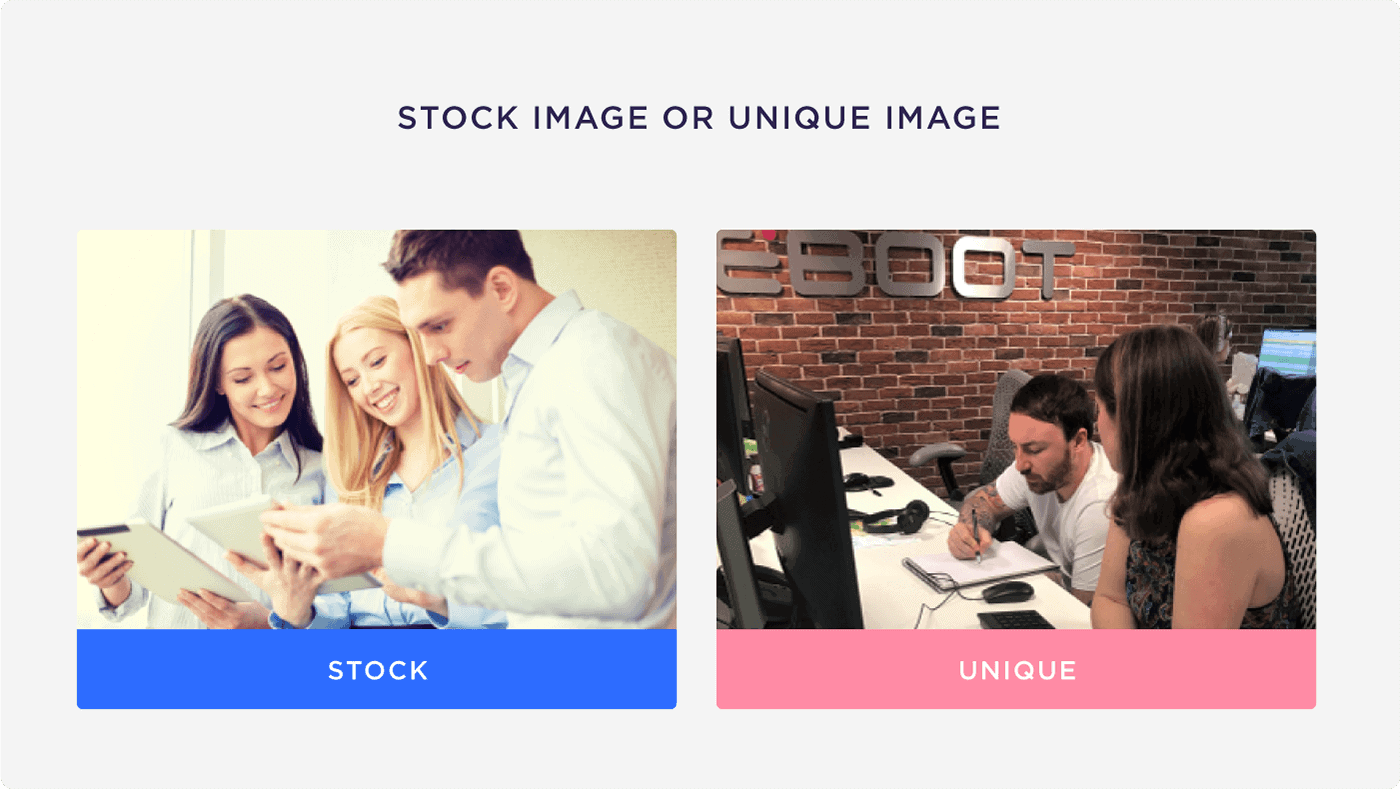
The results were clear: sites with unique images outranked the sites that used stock photos.
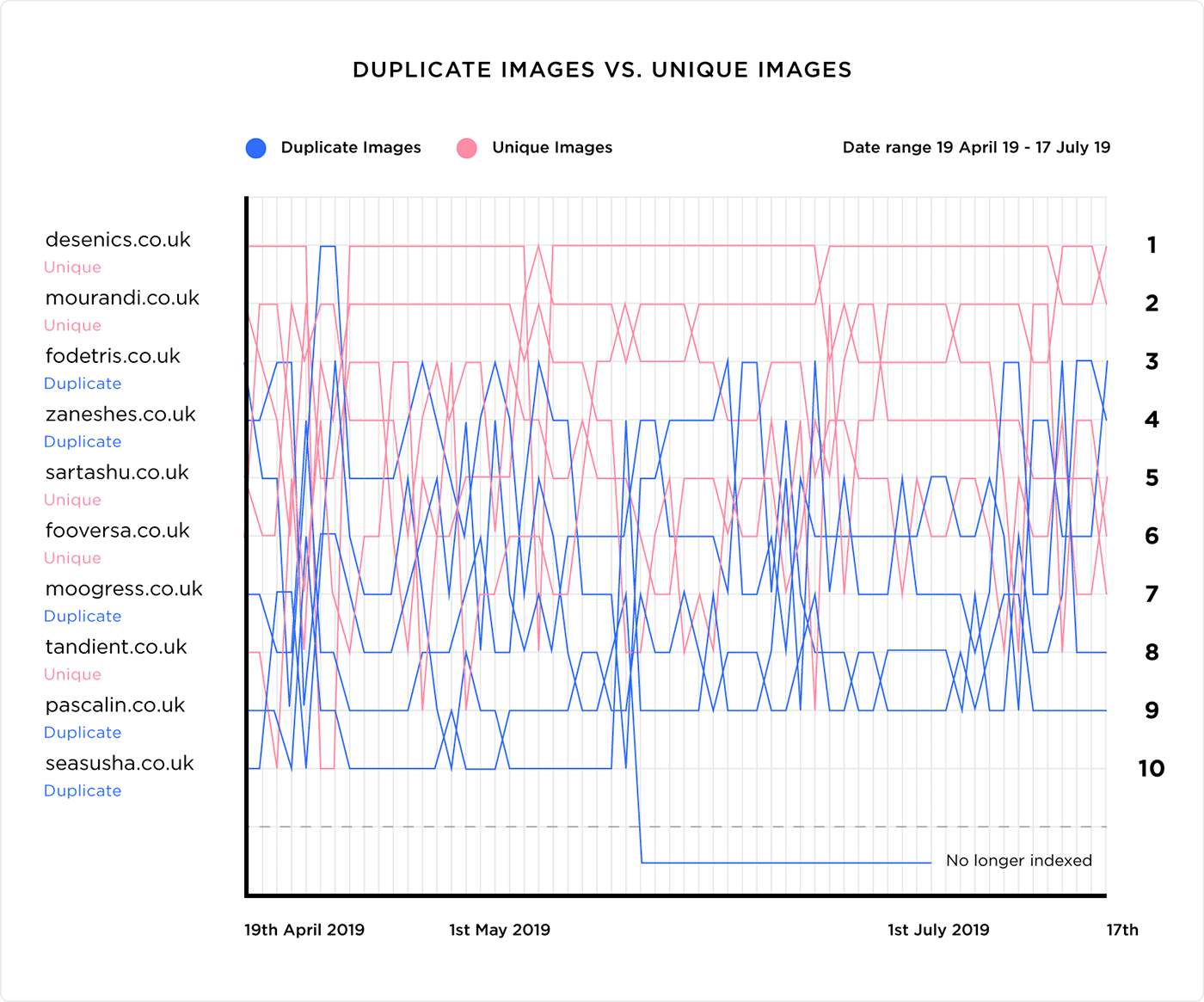
So if you’re using stock photos that a thousand other sites use, consider creating custom images.
This is something we do at Backlinko. And at least according to this little study, these original images probably help us rank.
Internal Linking
Internal linking is HUGE for SEO.
Specifically, you want to link from high-authority pages on your site to pages that need a boost.
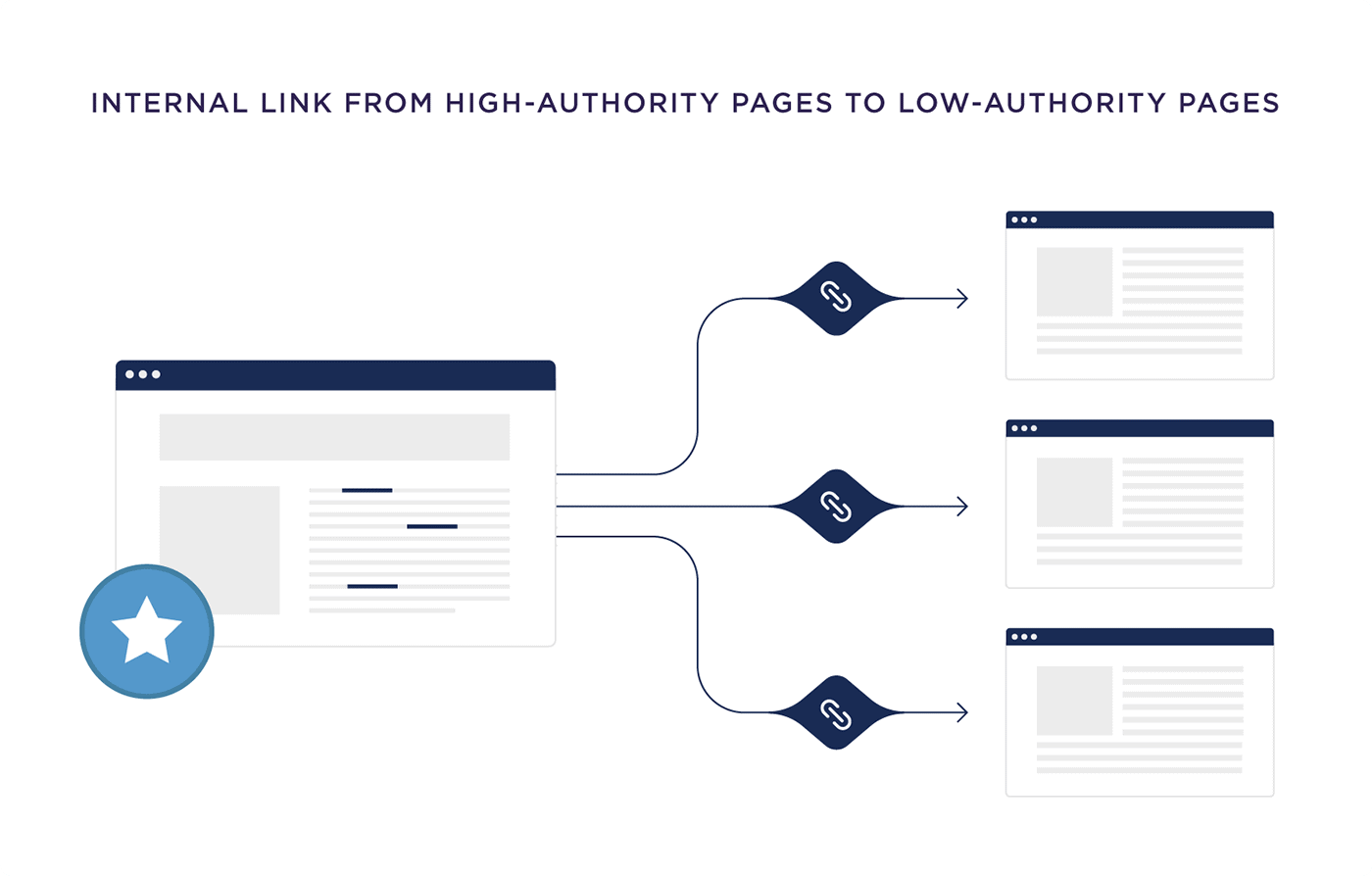
When you do, make sure to use keyword-rich anchor text. Here’s an example:
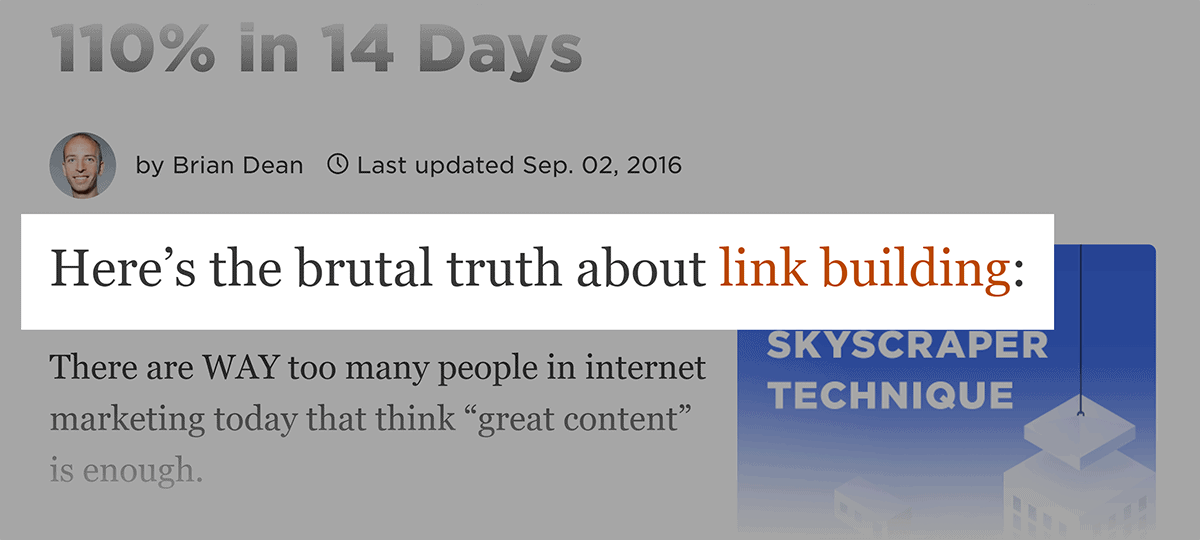
With that, here’s the process that I use and recommend.
First, use an SEO tool like Semrush and its “Indexed pages” report to bring up the pages on your site with the most link authority.
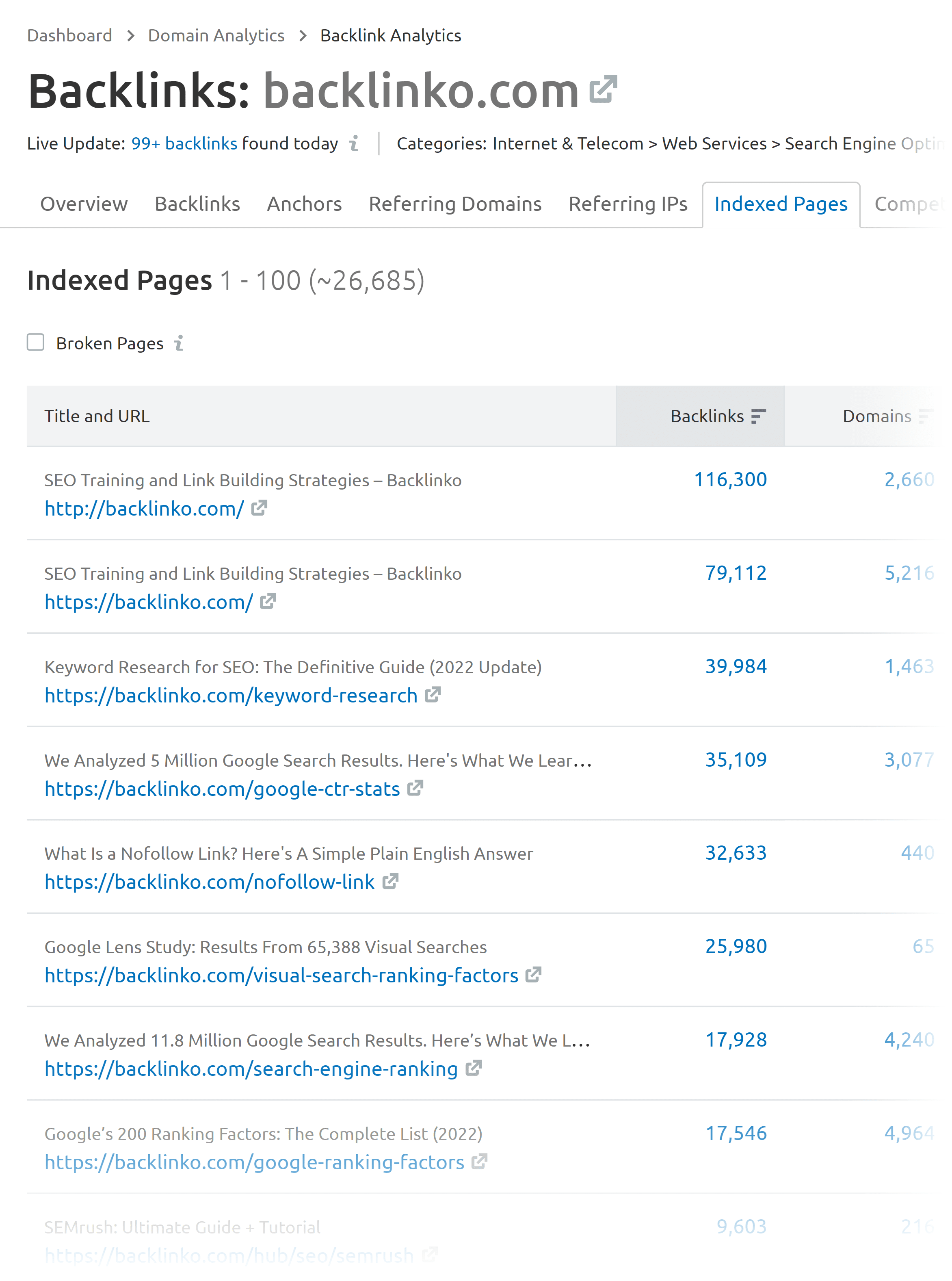
Then, add a few internal links from those pages to a high-priority page on your site.
For example, I recently wanted to improve our rankings for our press release guide.
So I added an internal link from one of our most authoritative pages to that guide.
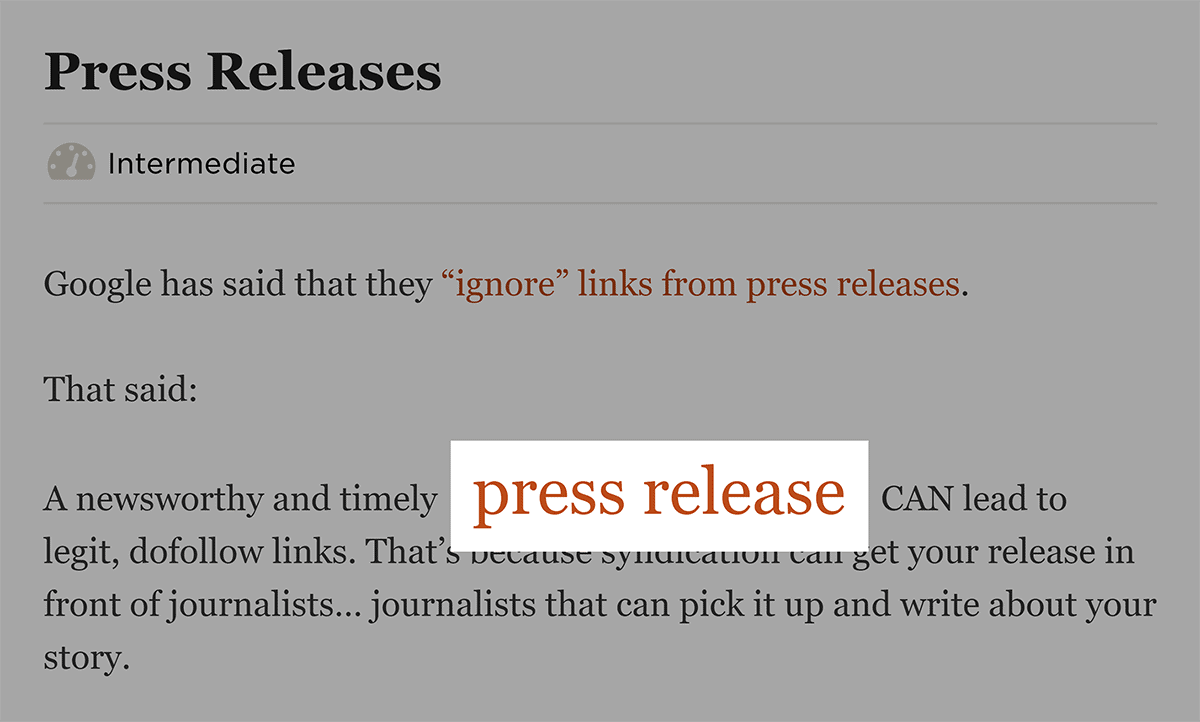
Simple.
And if you want to see a great example of how to internal link on your site, check out Wikipedia.
They add LOTS of keyword-rich internal links to every page:
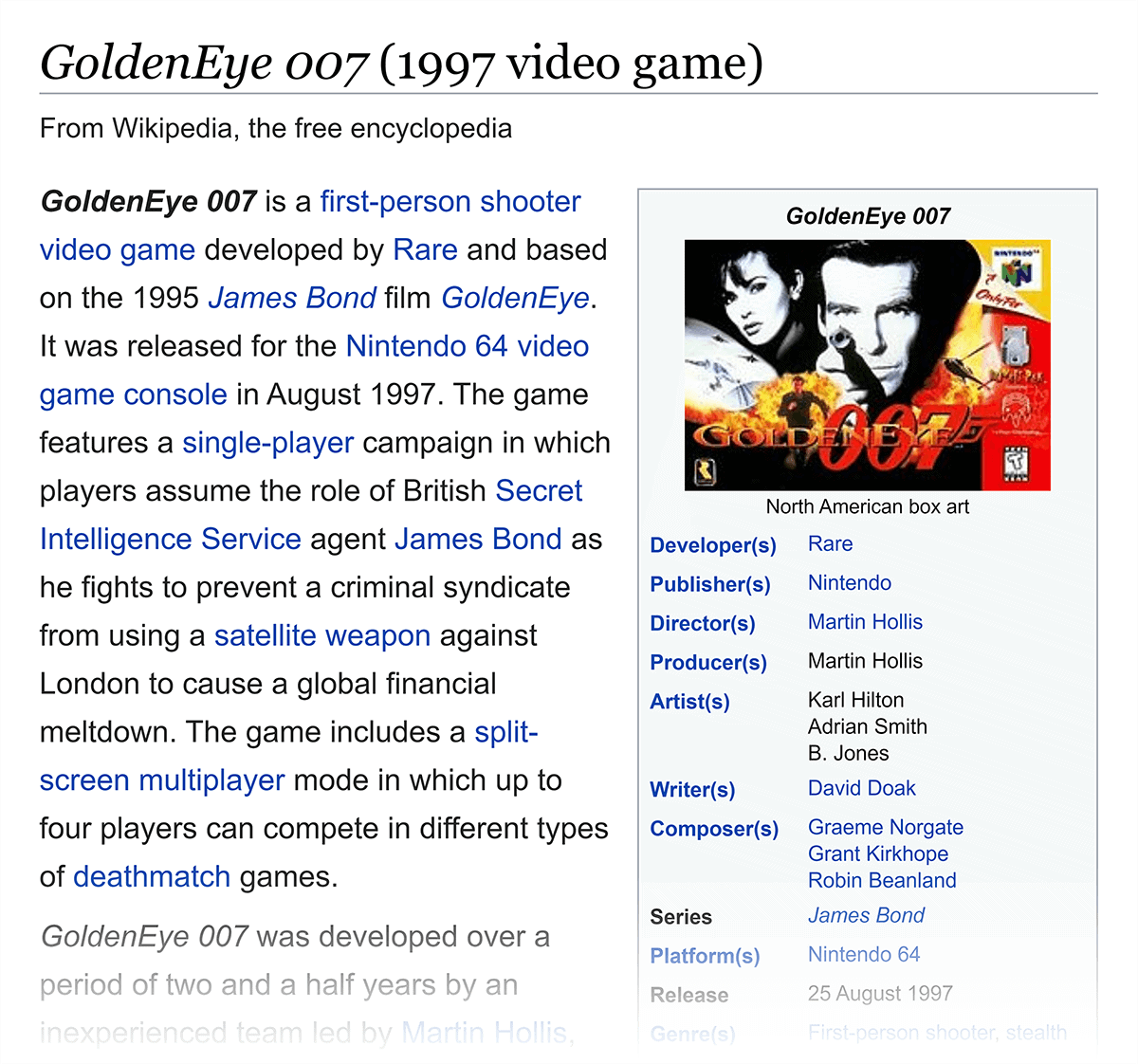
Write Comprehensive Content
Google wants to show their users content that gives them EVERYTHING they want on a single page.
In other words: comprehensive content.
And if your post covers an entire topic, it has a higher chance of ranking.
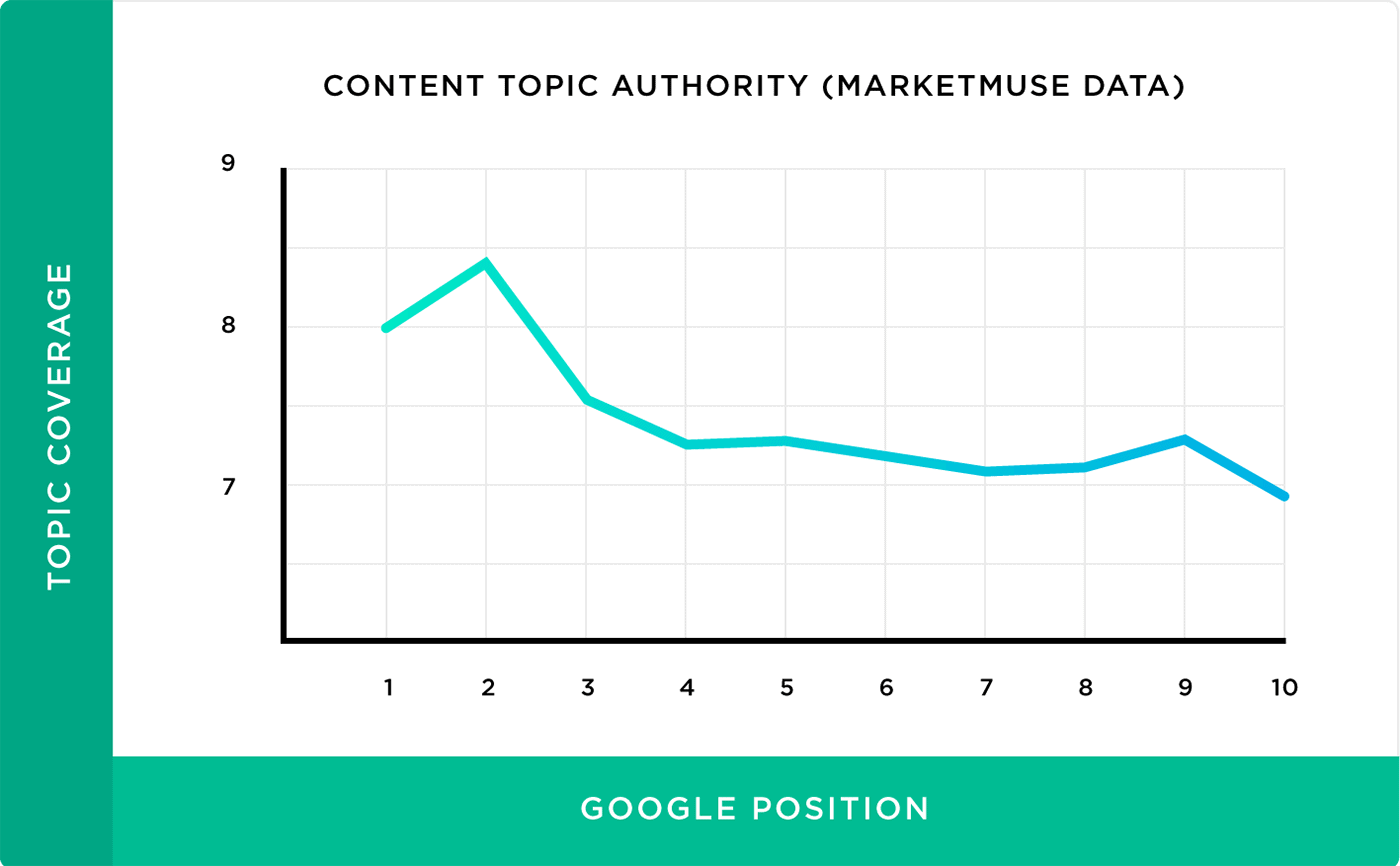
And one of the easiest ways to make sure that Google sees your content as complete?
LSI keywords are synonyms that Google uses to determine a page’s relevancy.
I don’t go nuts about LSI keywords because I usually write REALLY long content.
(Long content increases the odds that you’ll naturally use LSI keywords.)
But if you want to make 100% sure that you’re using LSI keywords, search for your keyword in Google and scroll down to the “Searches Related to…” area at the bottom of the page:
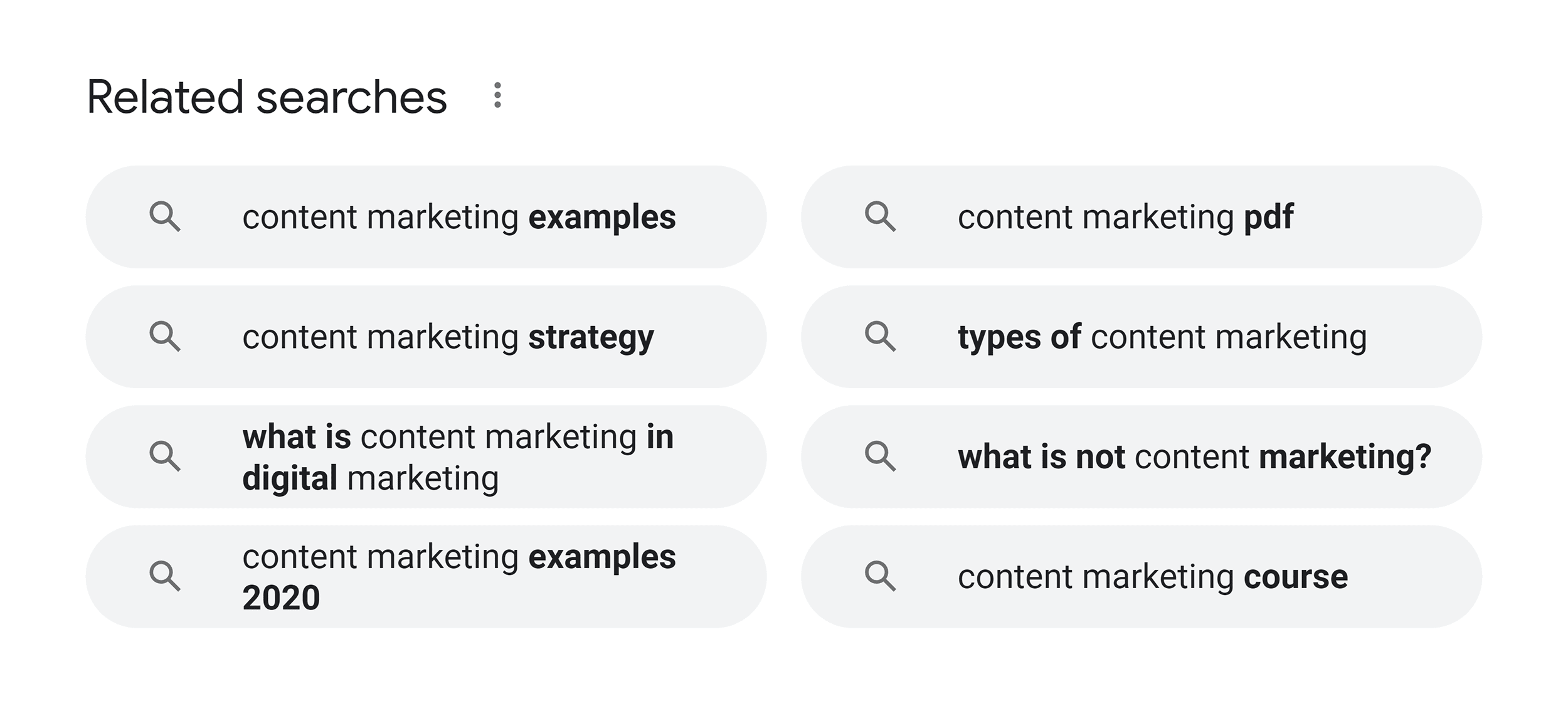
And toss any that make sense into your post.
Boost Your Page Speed
Google has stated on the record that page loading speed is an SEO ranking signal (and they recently made PageSpeed even MORE important).
According to our analysis of 5.2 million websites, you can improve your site’s loading speed by moving to a faster host.
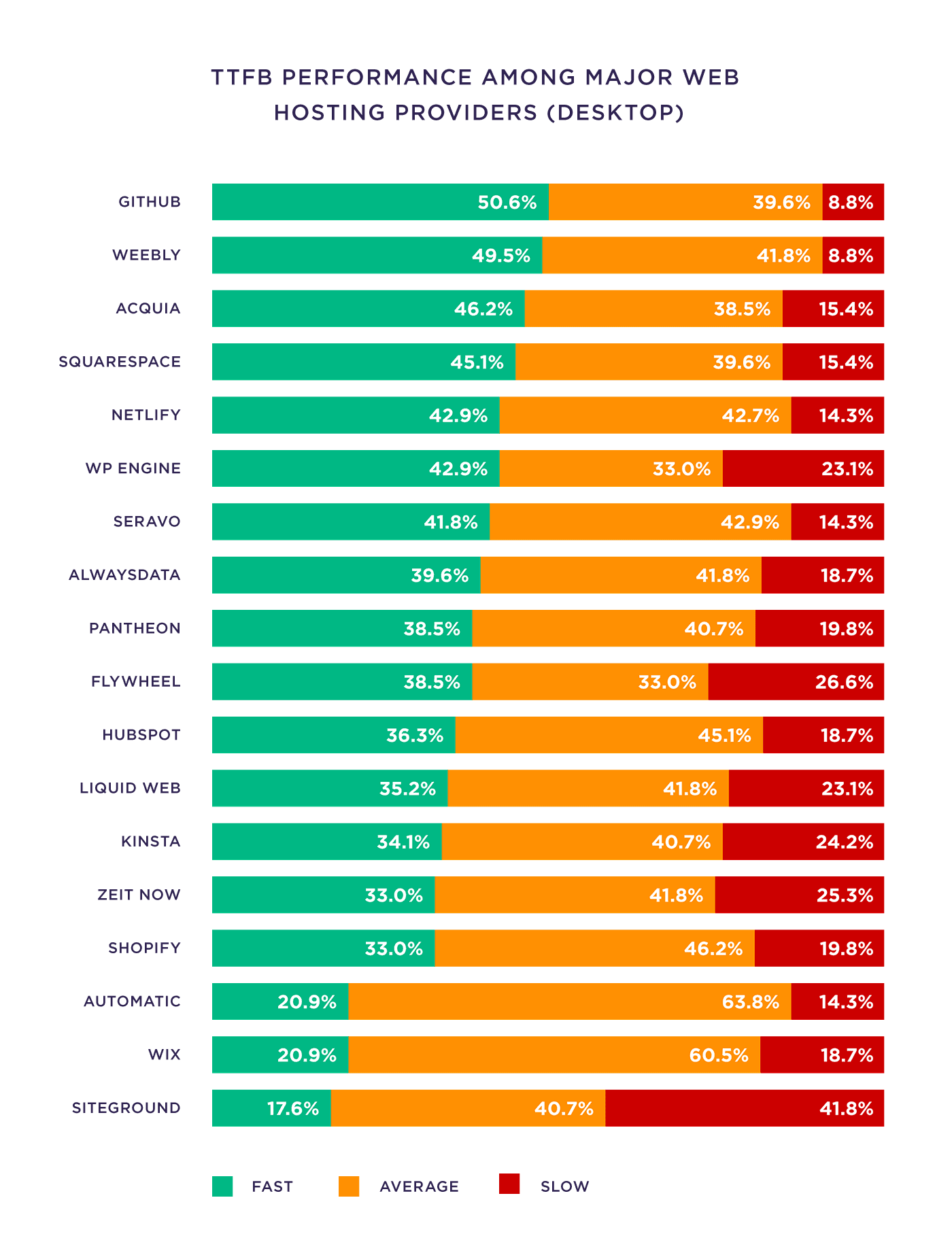
Removing as many third-party scripts as you can.
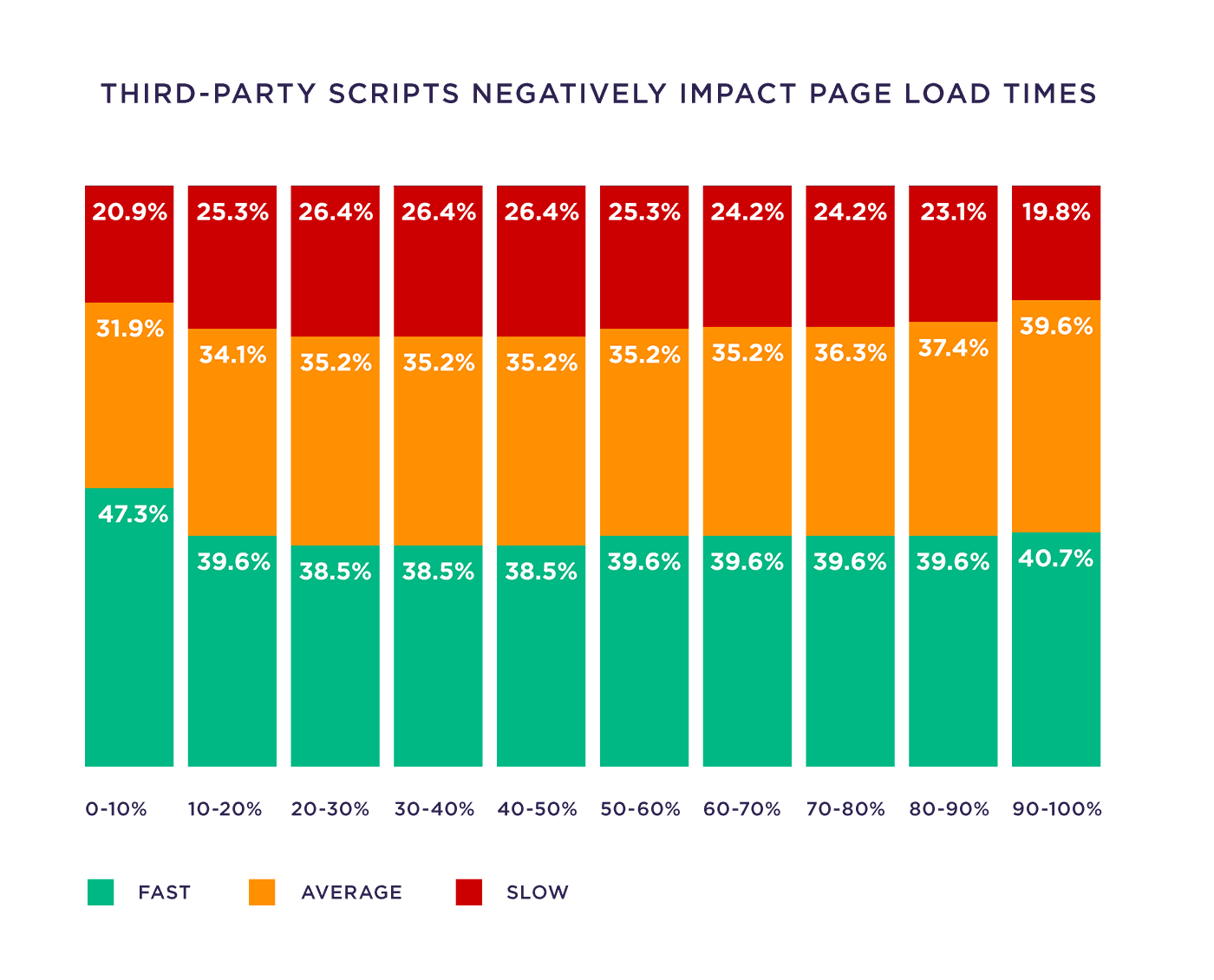
And reducing your page’s total size.
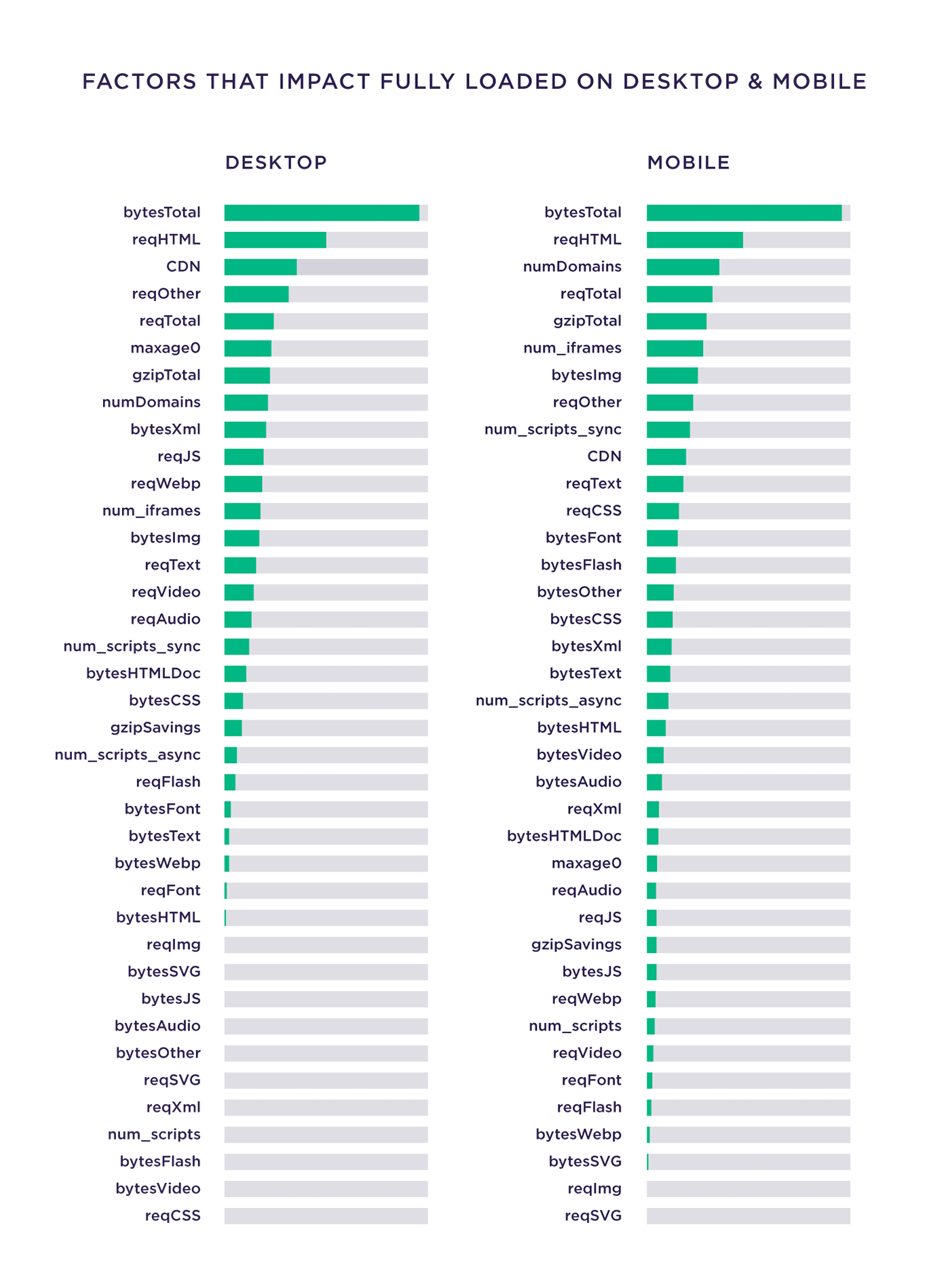
Image Optimization
You want to give every image on your site a descriptive filename and alt text.
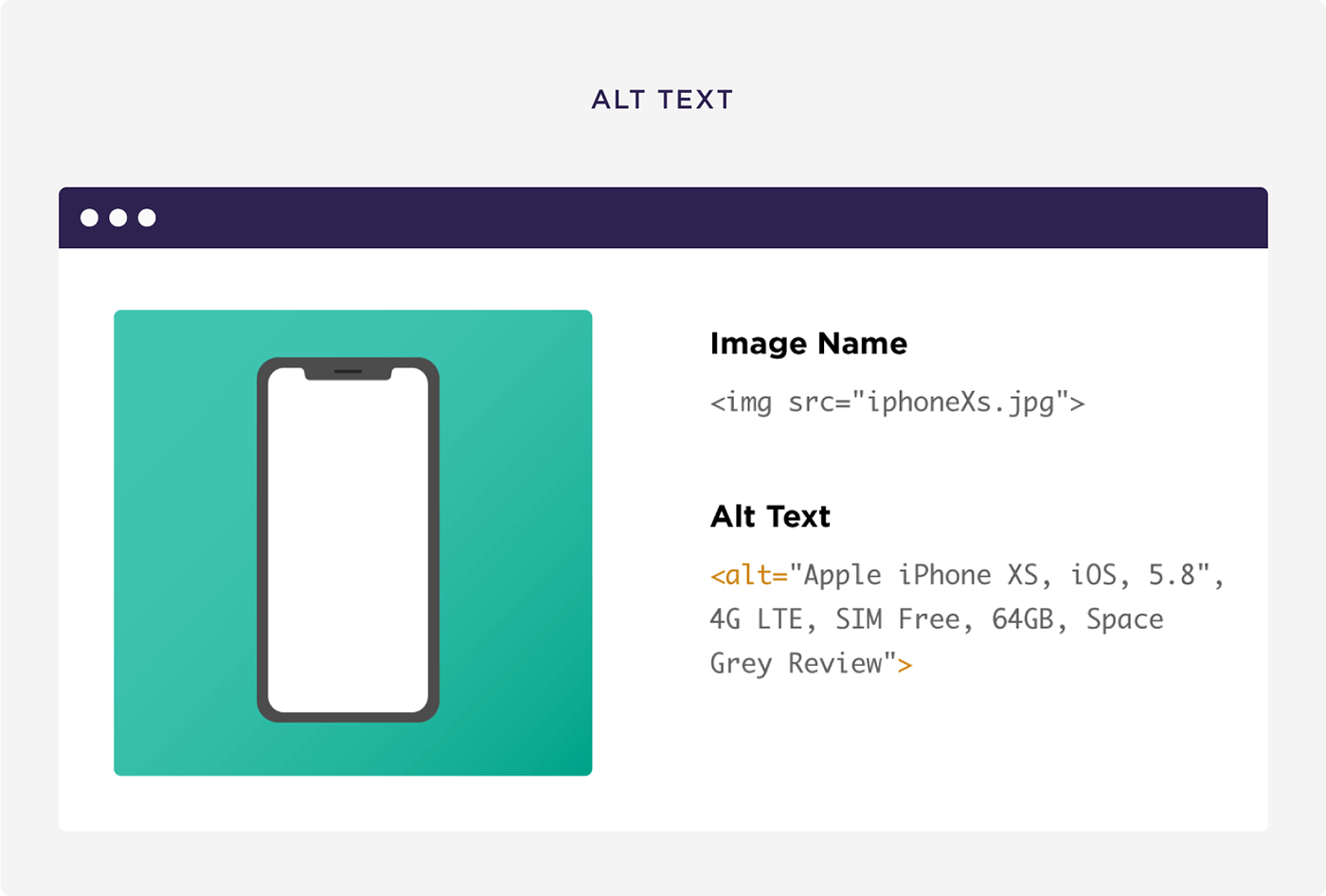
This helps Google (and visually-impaired users) understand what each image is showing.
And if it makes sense, make one image optimized around your target keyword. So use a filename that includes your target keyword (for example, on-page-seo-chart.png). And use that same keyword as part of your image alt tags.
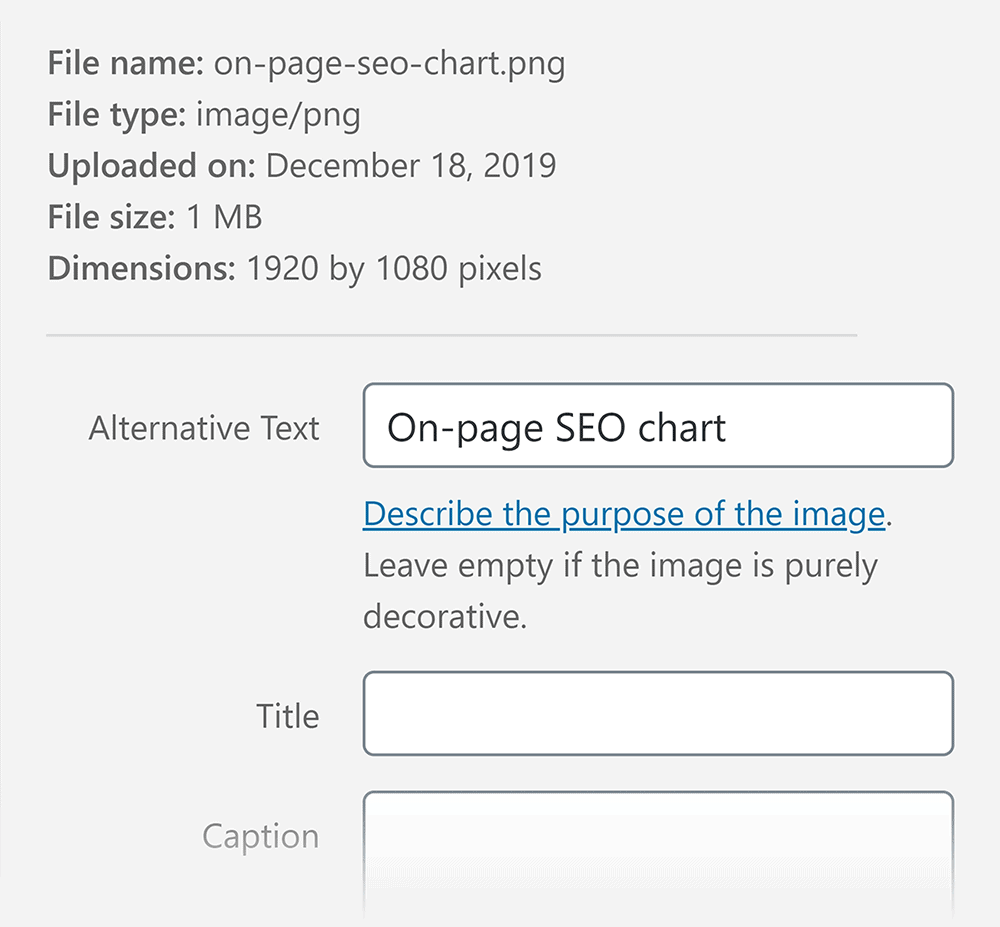
Another reason to optimize your images for SEO: it gives search engines another clue of what your page is about… which can help it rank higher.
Put another way: when Google sees a page with pictures of “blue widgets” and “green widgets” it tells them: “this page is about widgets”.
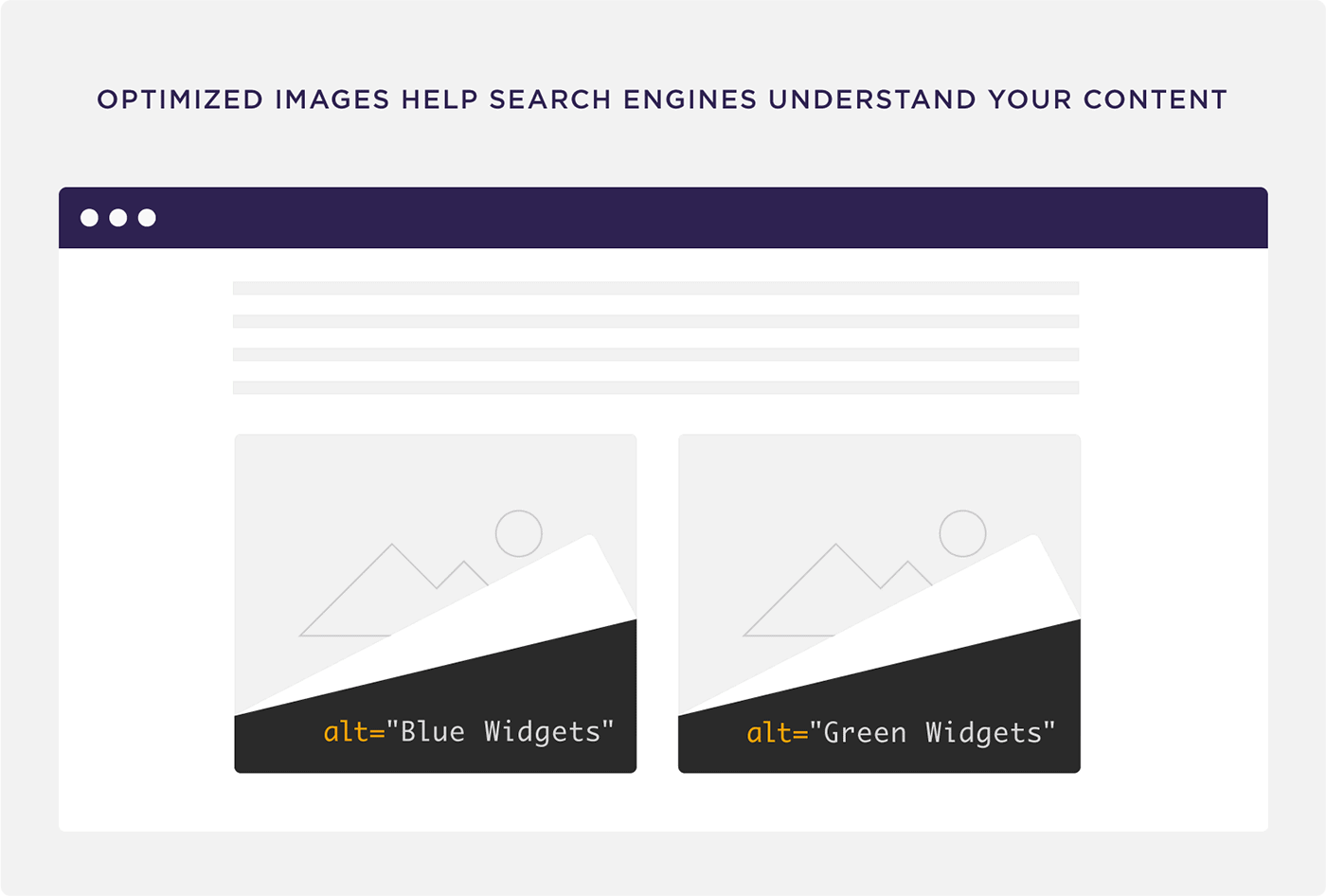
Rank Your Content In Featured Snippets
Ranking in a Featured Snippet can make a HUGE difference in your CTR.
The only catch?
According to this industry study, you need to already be on the first page to have any shot of getting a Featured Snippet.
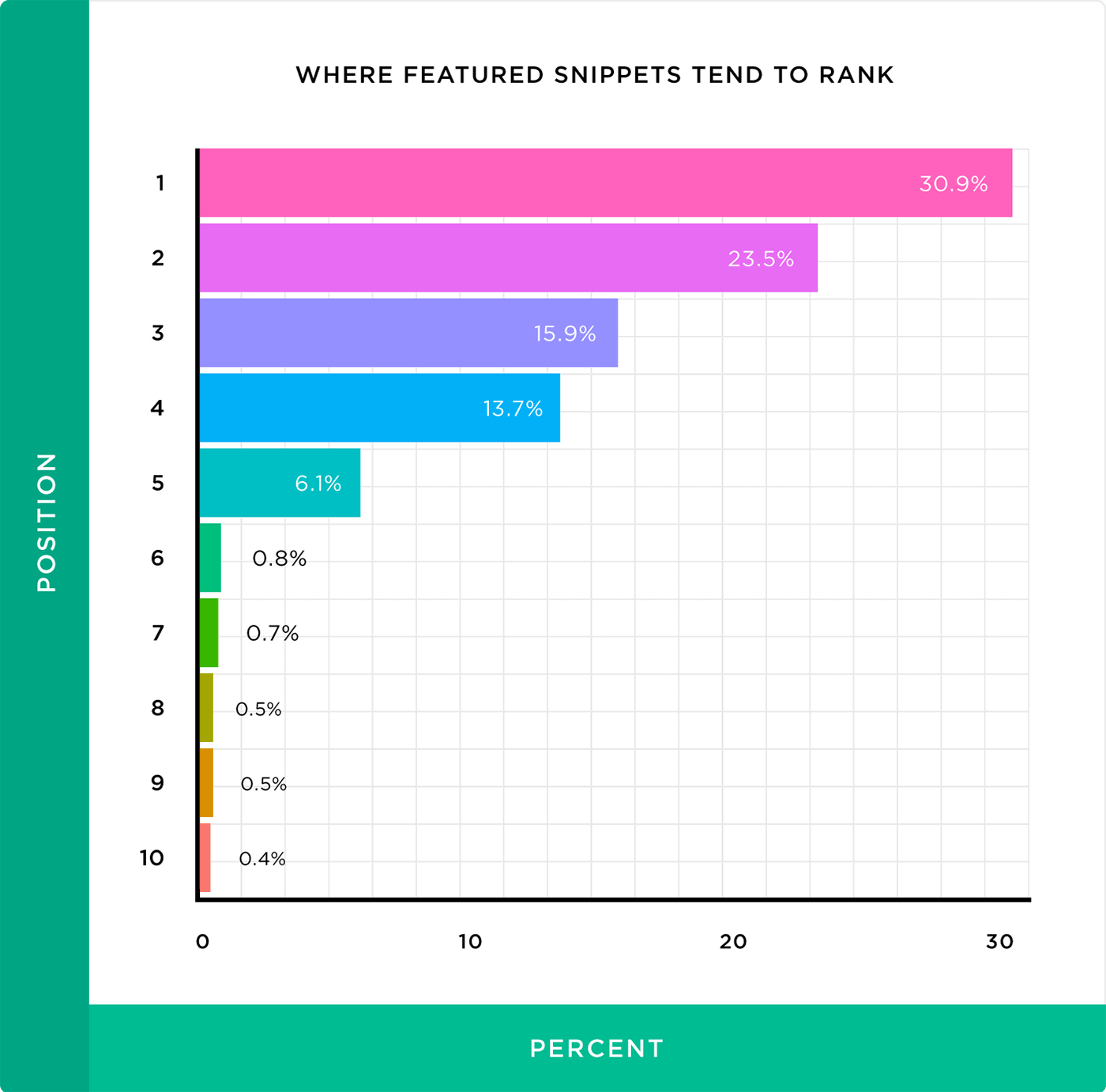
This means you need to find first page results that have a Featured Snippet AND you rank for.
To find them whip open SEMrush or whatever SEO software that you use.
And find pages from your site that rank on the first page of Google.
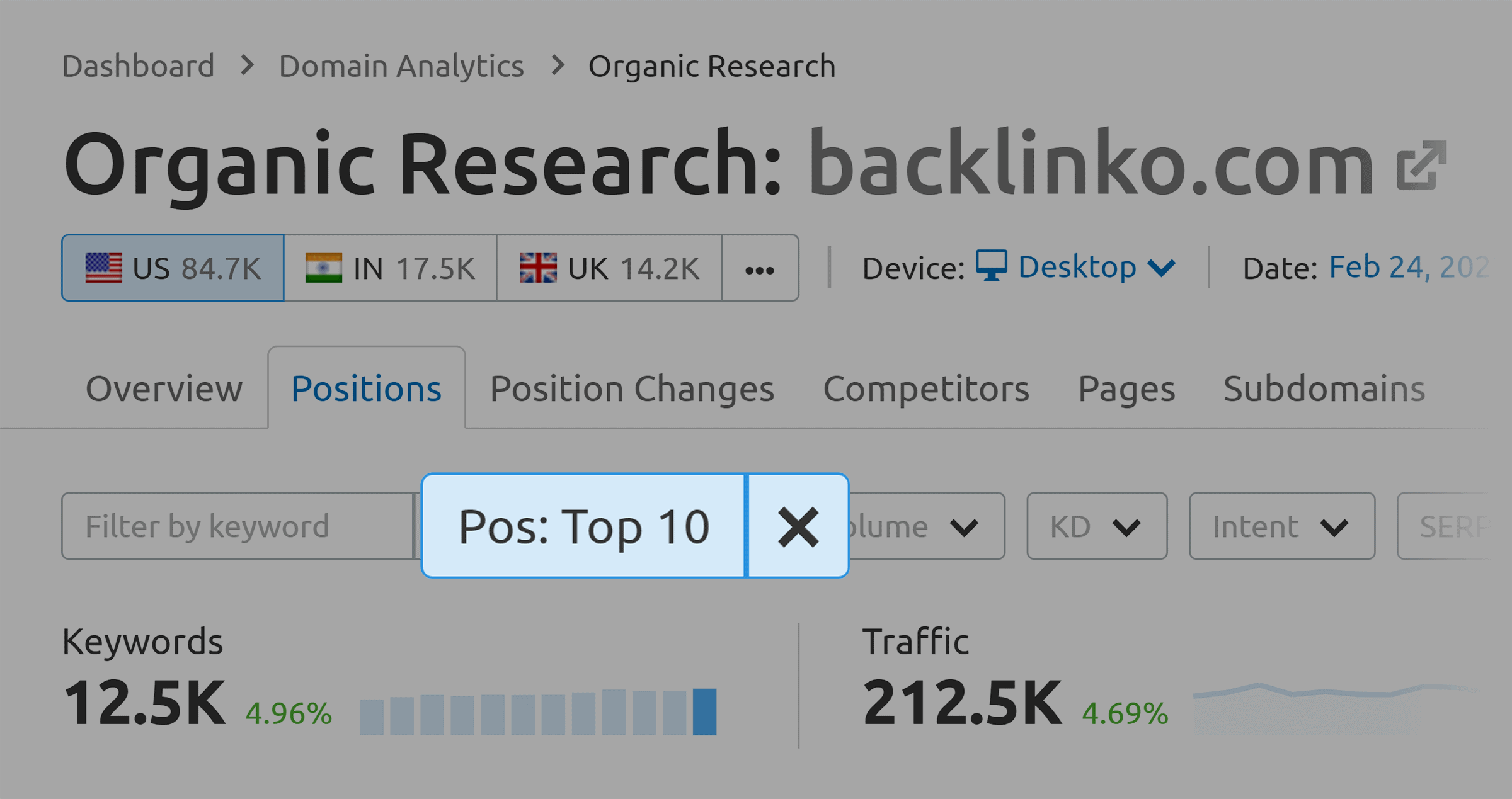
Then, filter for keywords that have a Featured Snippet already.
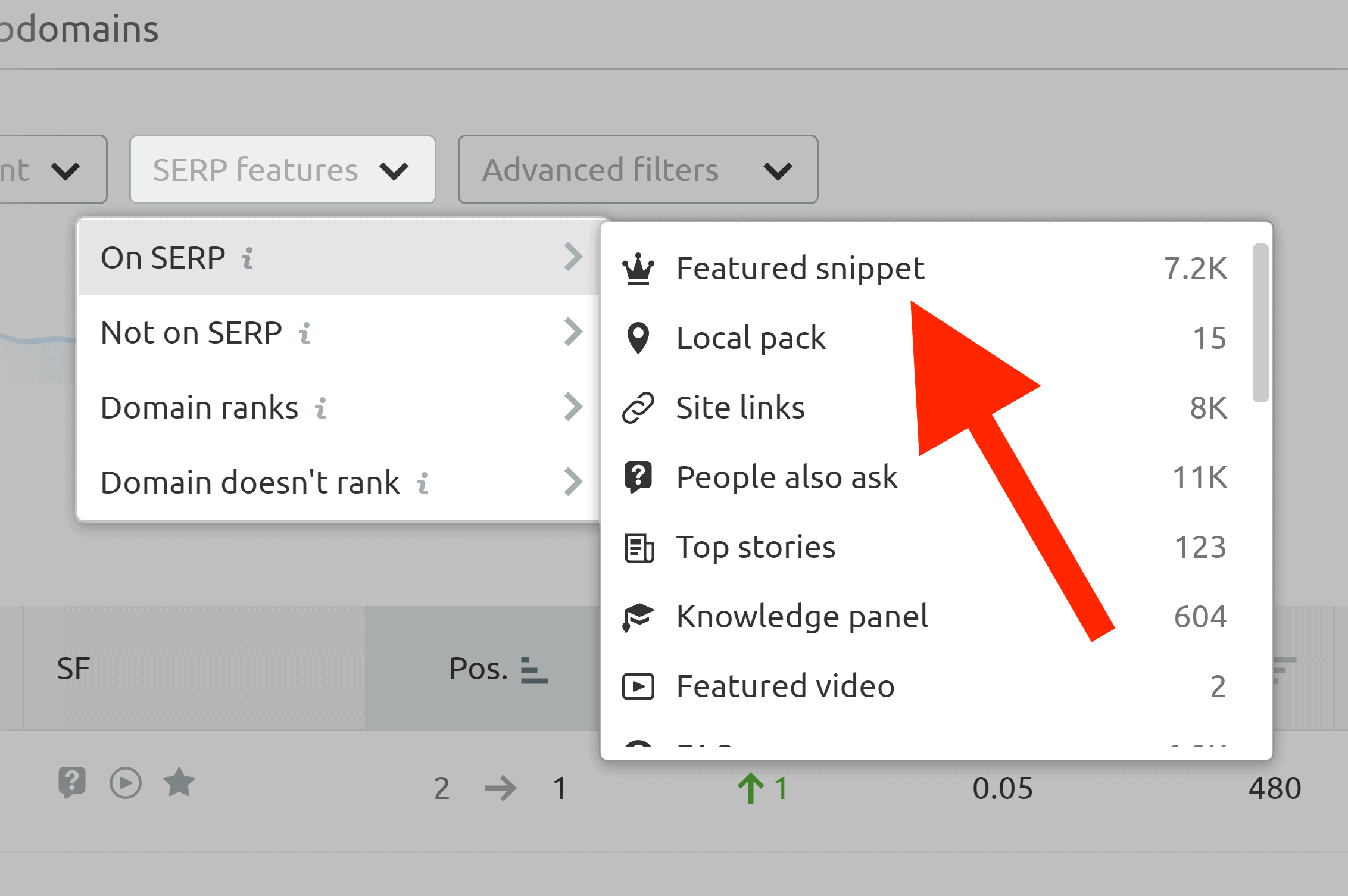
Then, look at the Featured Snippet in Google for each of those terms.
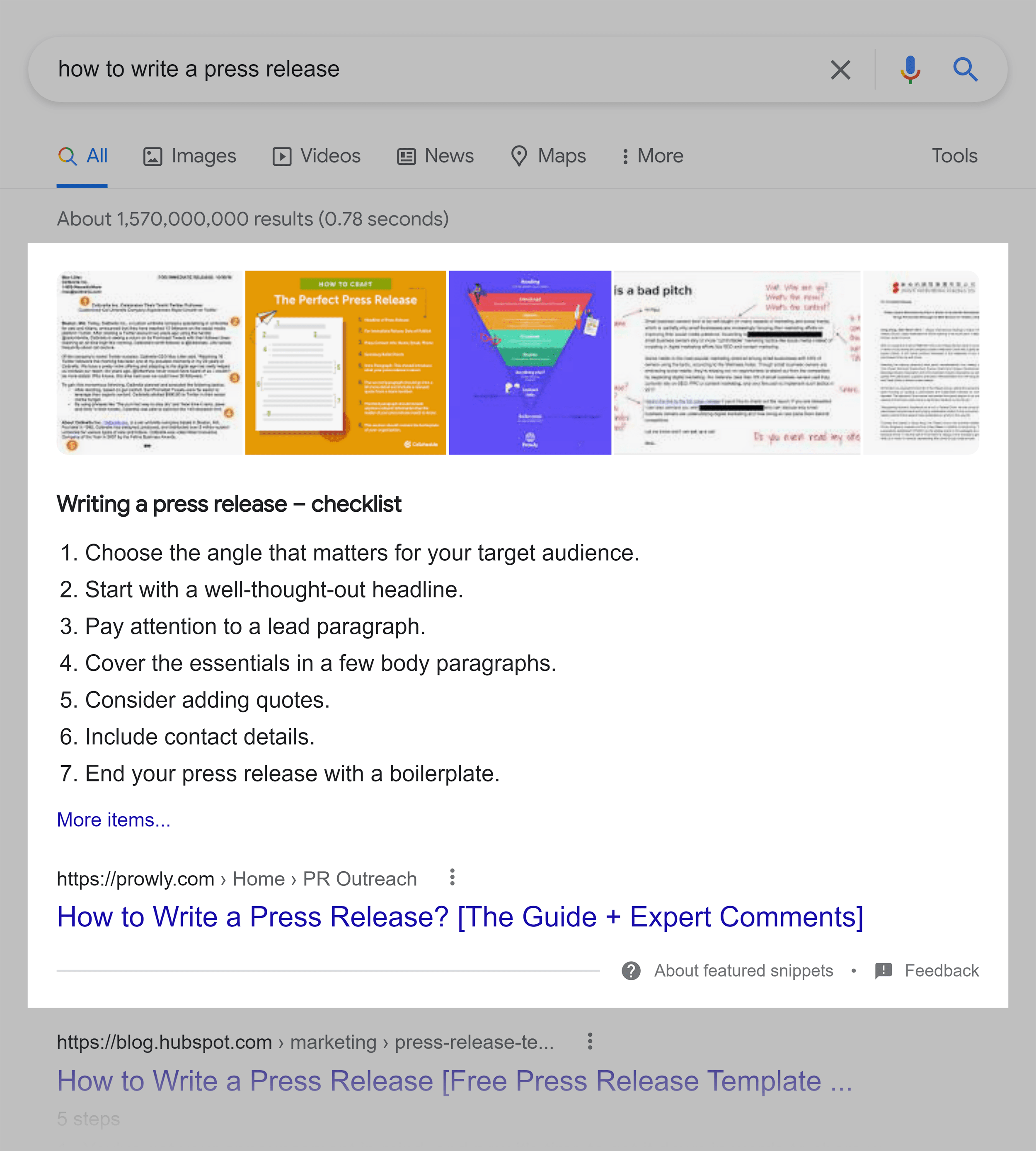
Finally, you need to optimize your content to rank in the Featured Snippet.
So if you see a “definition” Featured Snippet, then you want to include a short definition in your content.
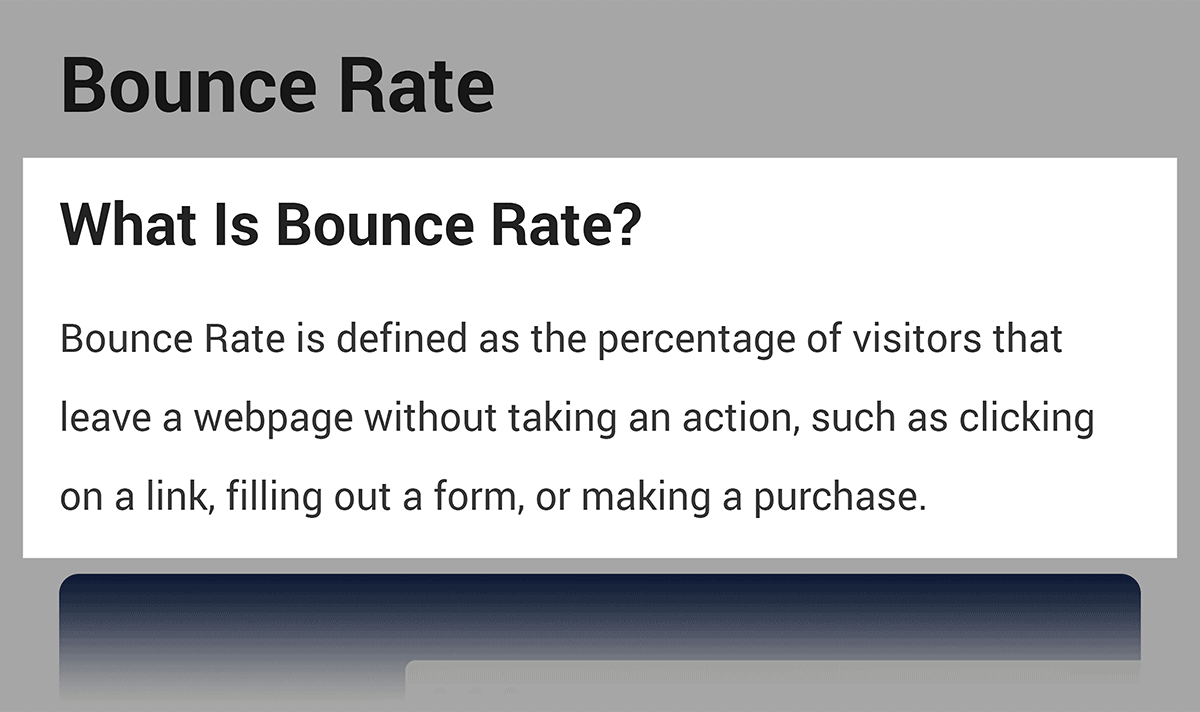
If it’s a list of steps or tips, then you want to make sure that your page structure is consistent.
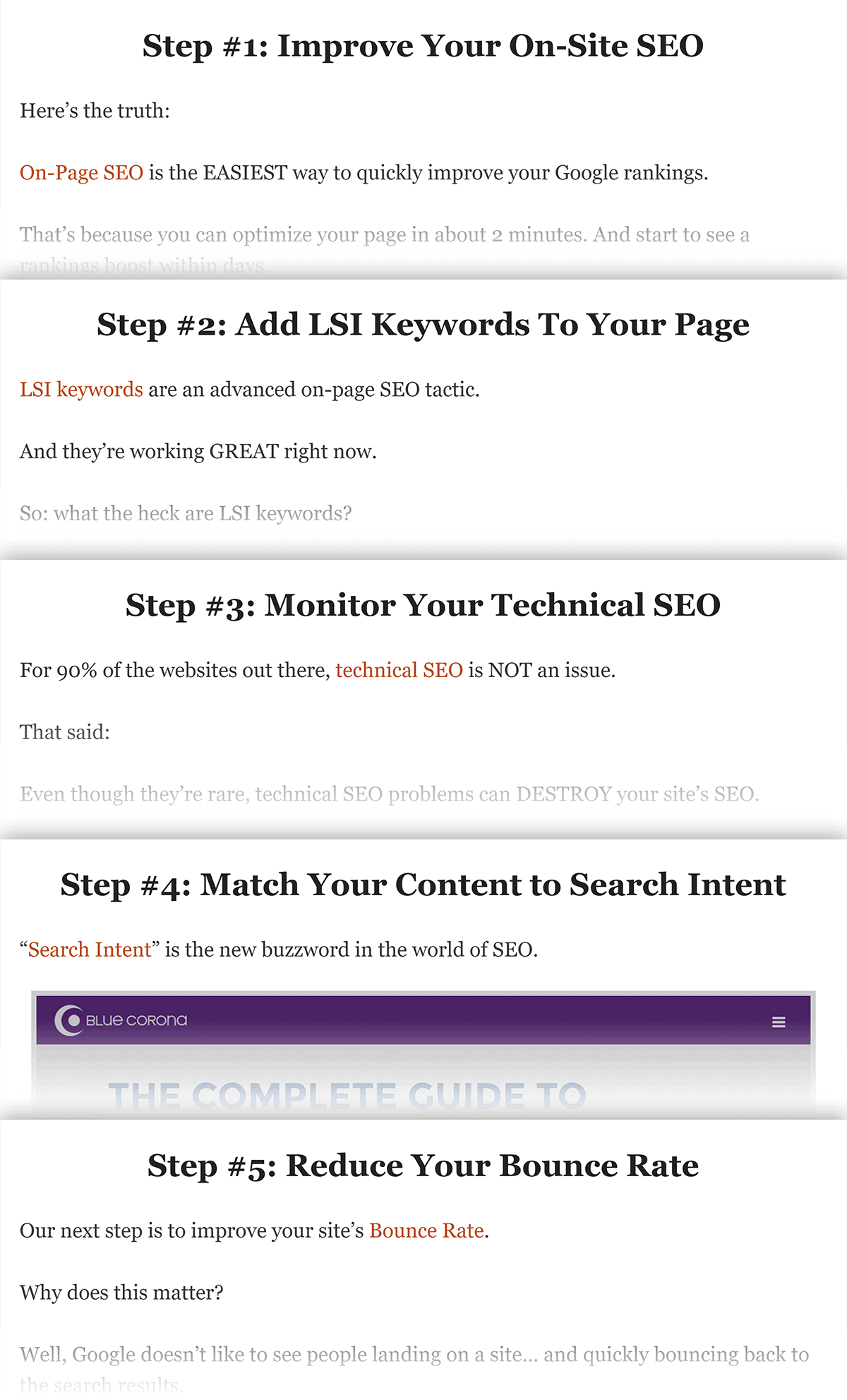
Voice Search SEO
Voice search is growing SUPER fast.
And the best way to optimize your content for voice search?
Create FAQ pages.
Our voice search SEO study found that Google loves to pull voice search results from FAQ pages.
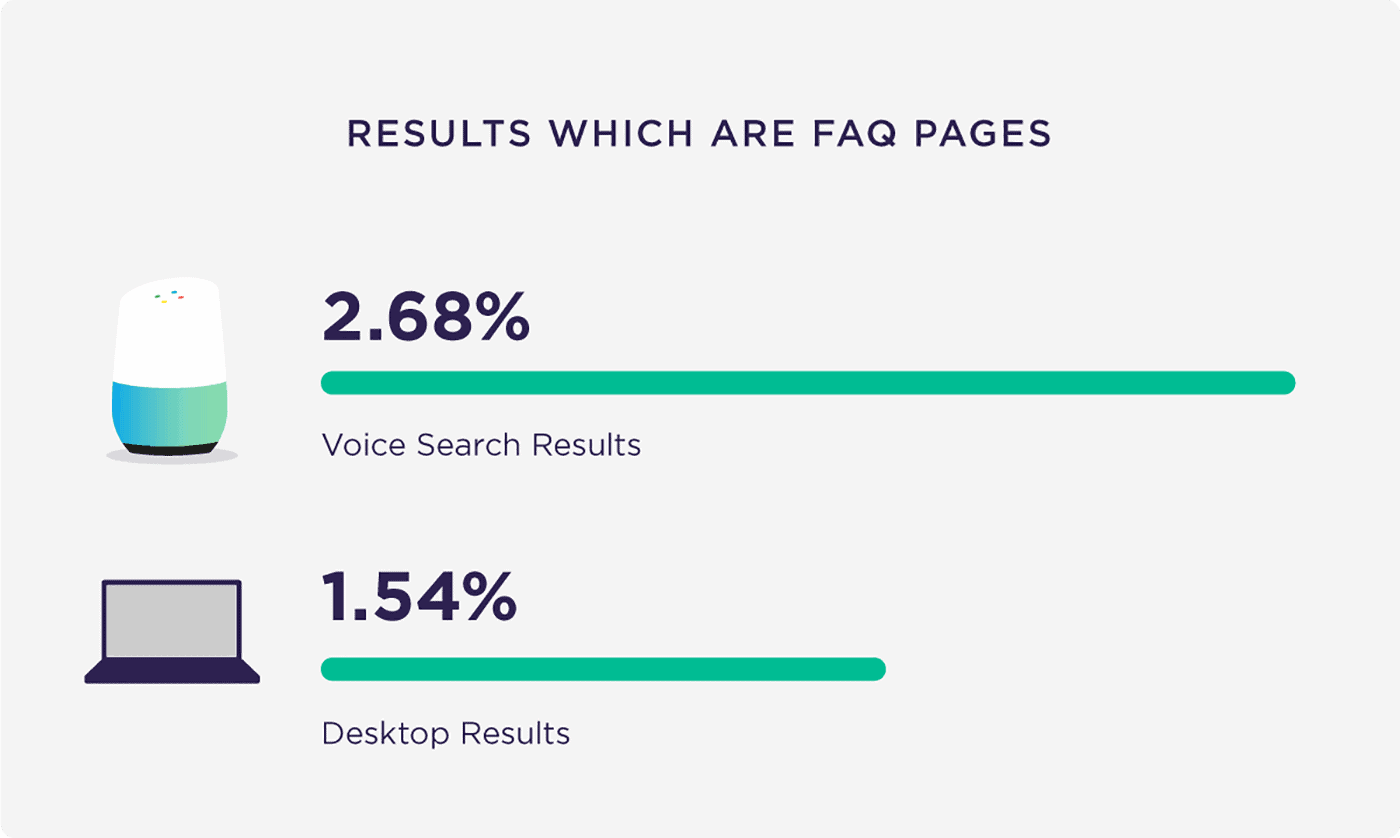
Now I’d Like to Hear From You
I hope you found this new on-page SEO guide helpful.
Now I’d like to hear what you have to say:
Which tip from today’s post do you want to try first?
Are you going to front-load your keyword in your title tag?
Or maybe you want to rank in the Featured Snippet spot.
Either way, let me know by leaving a comment below right now.

